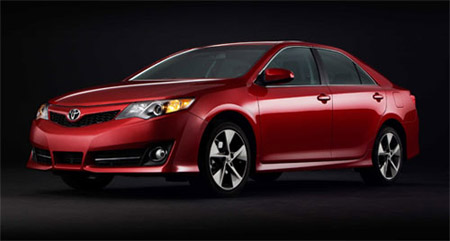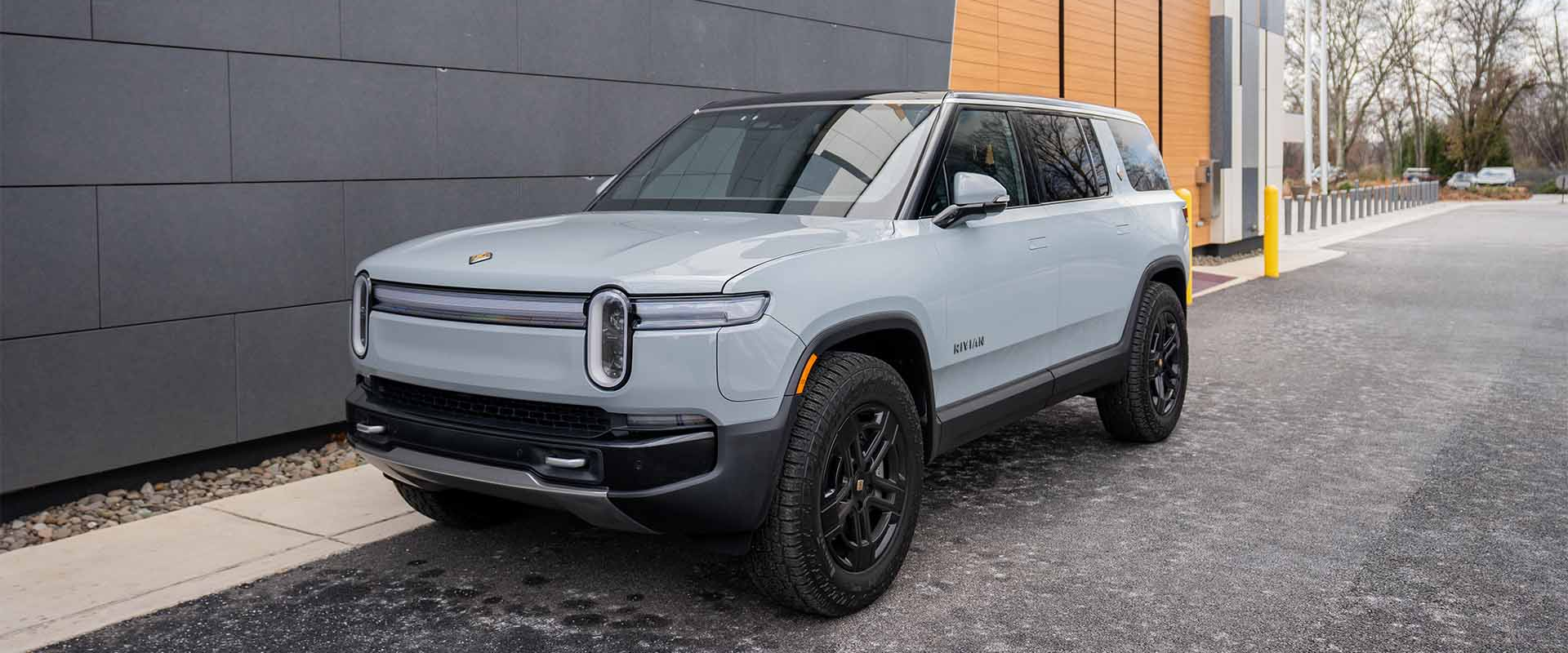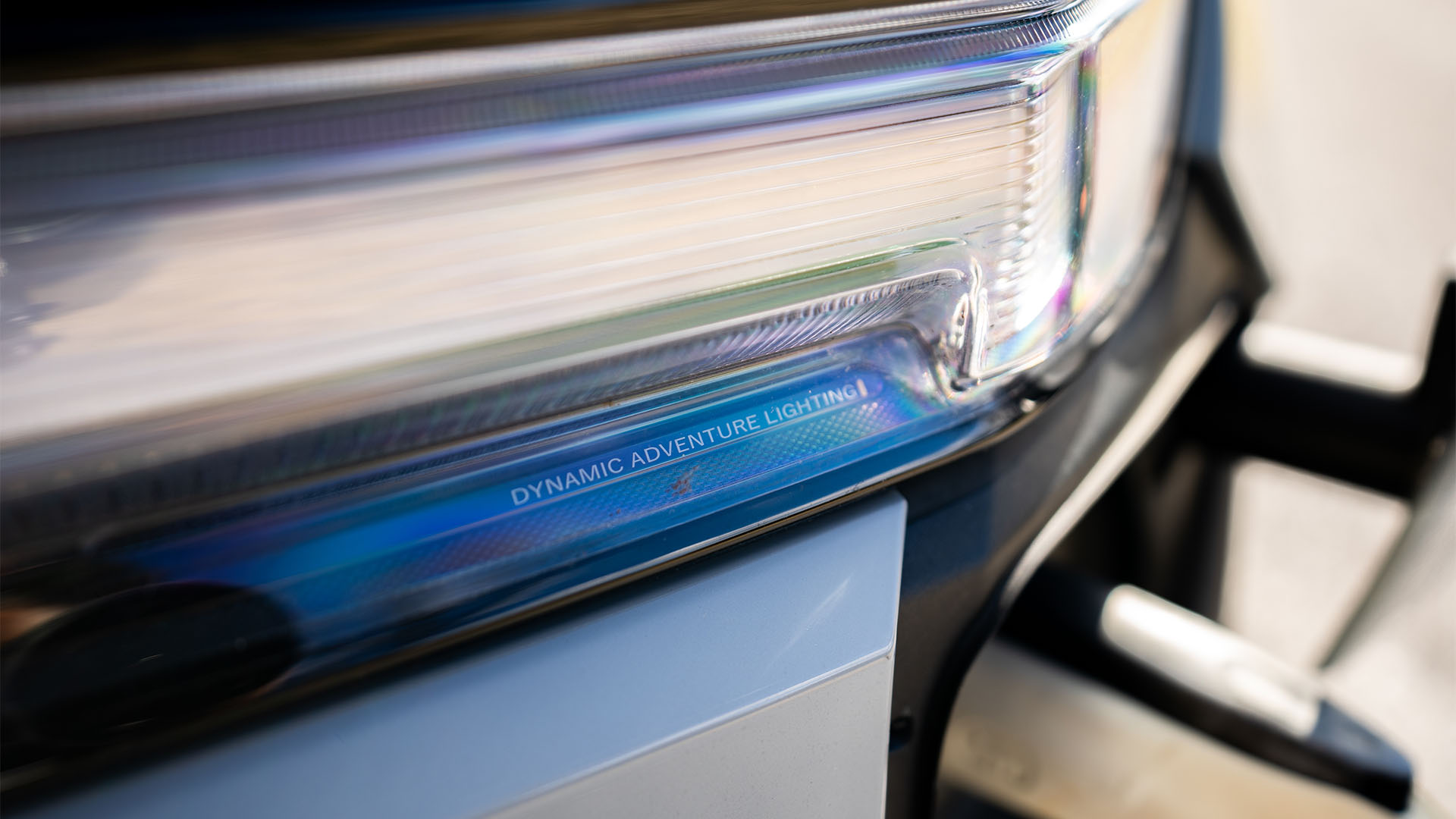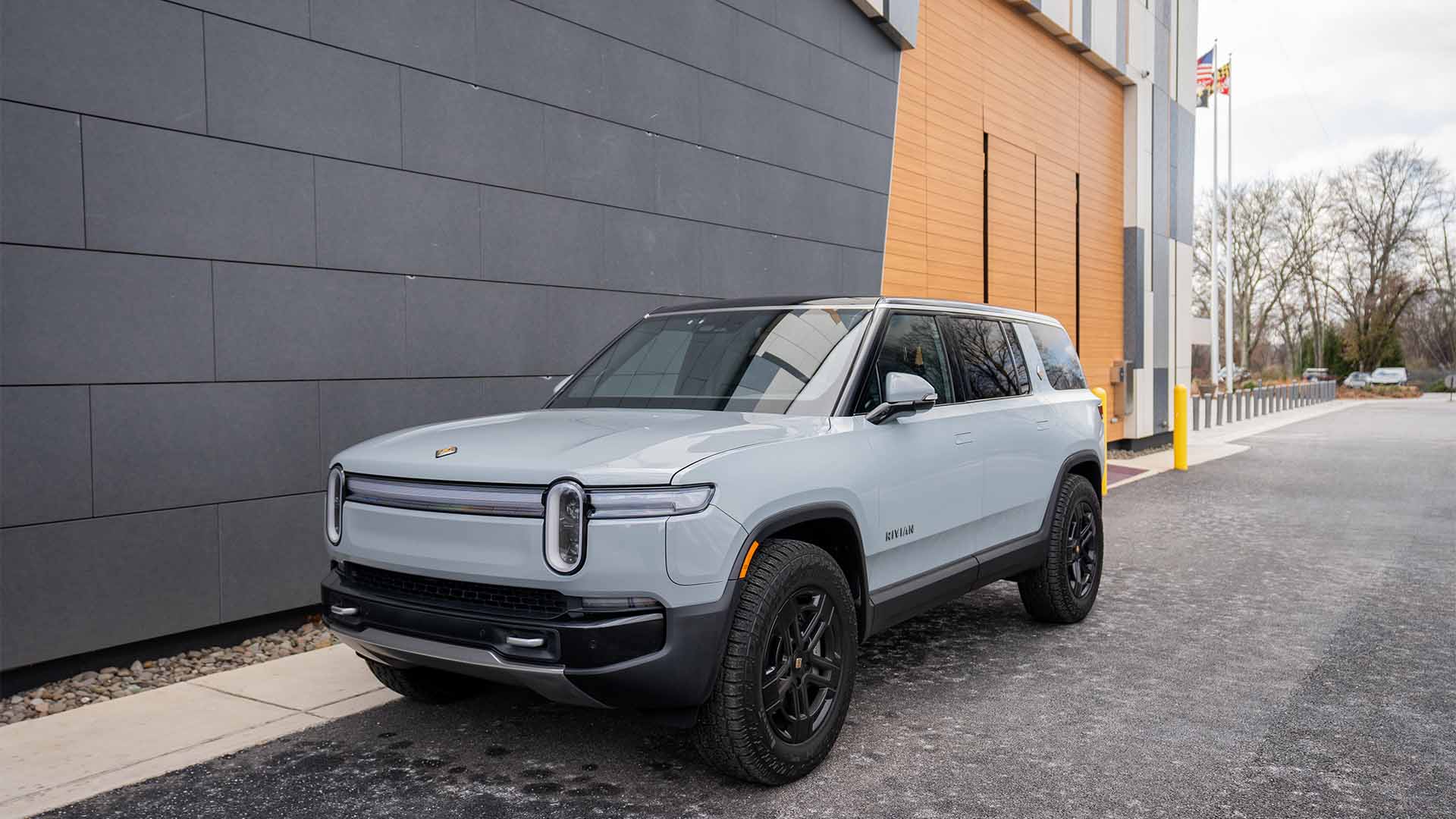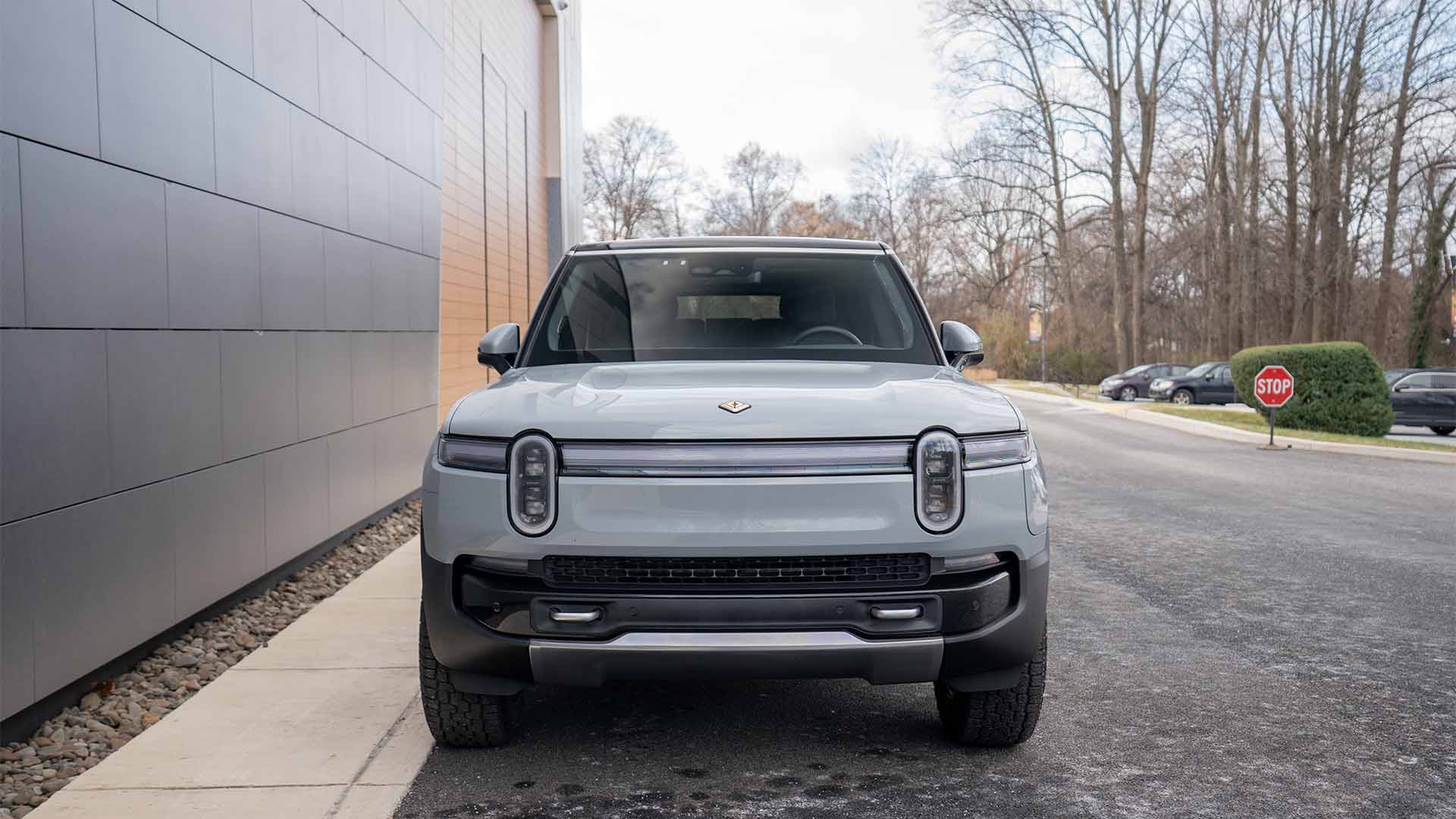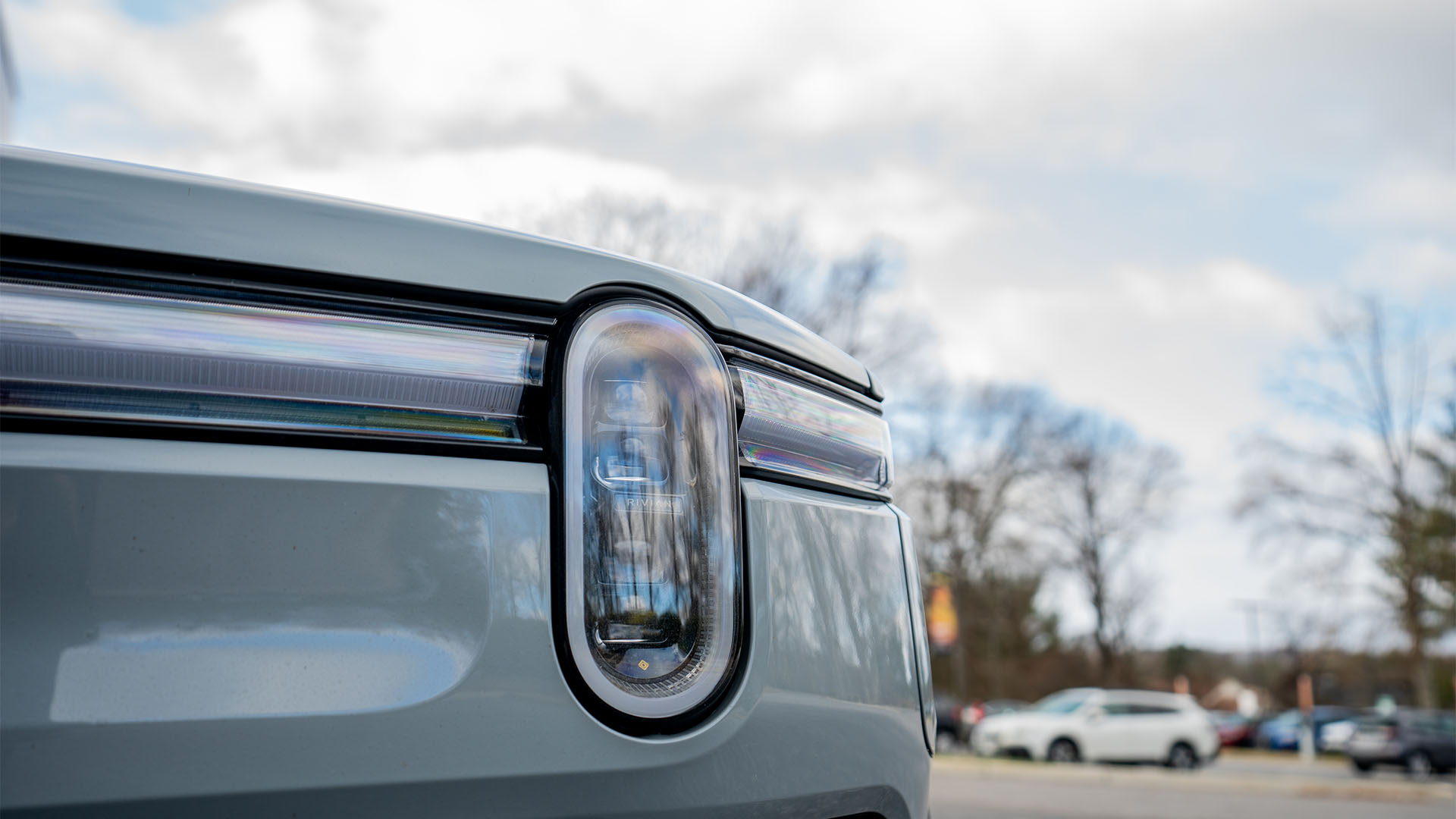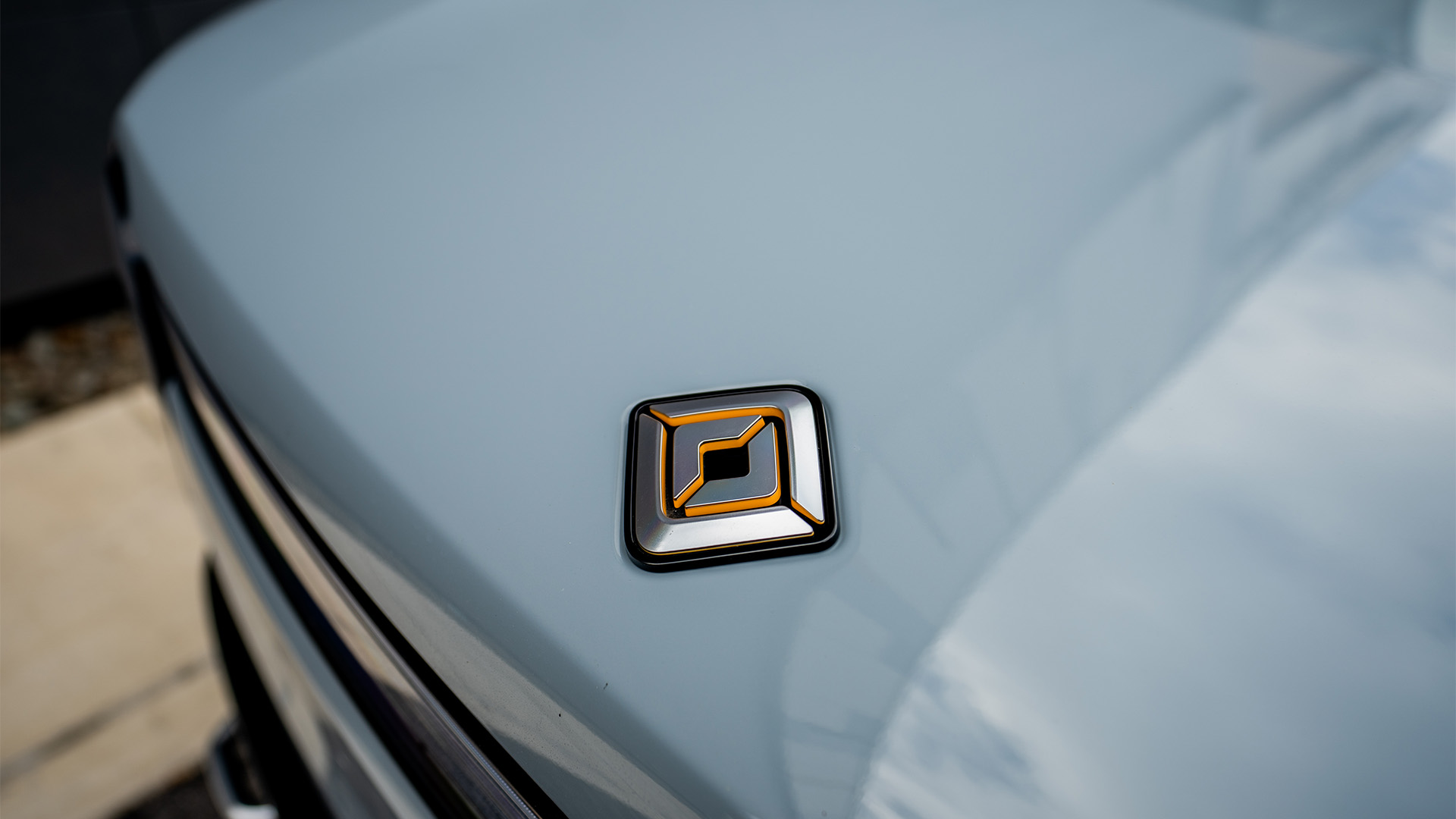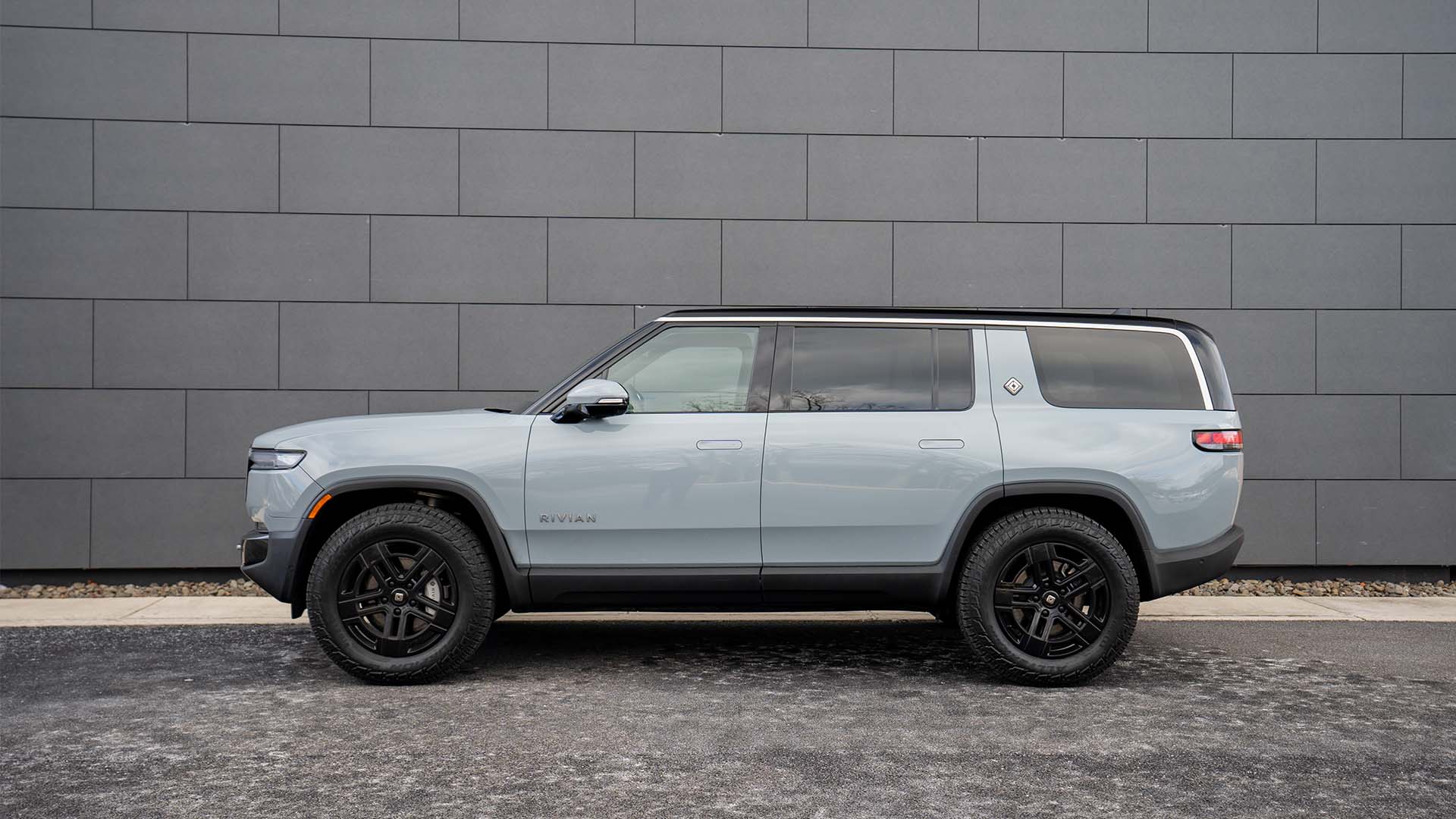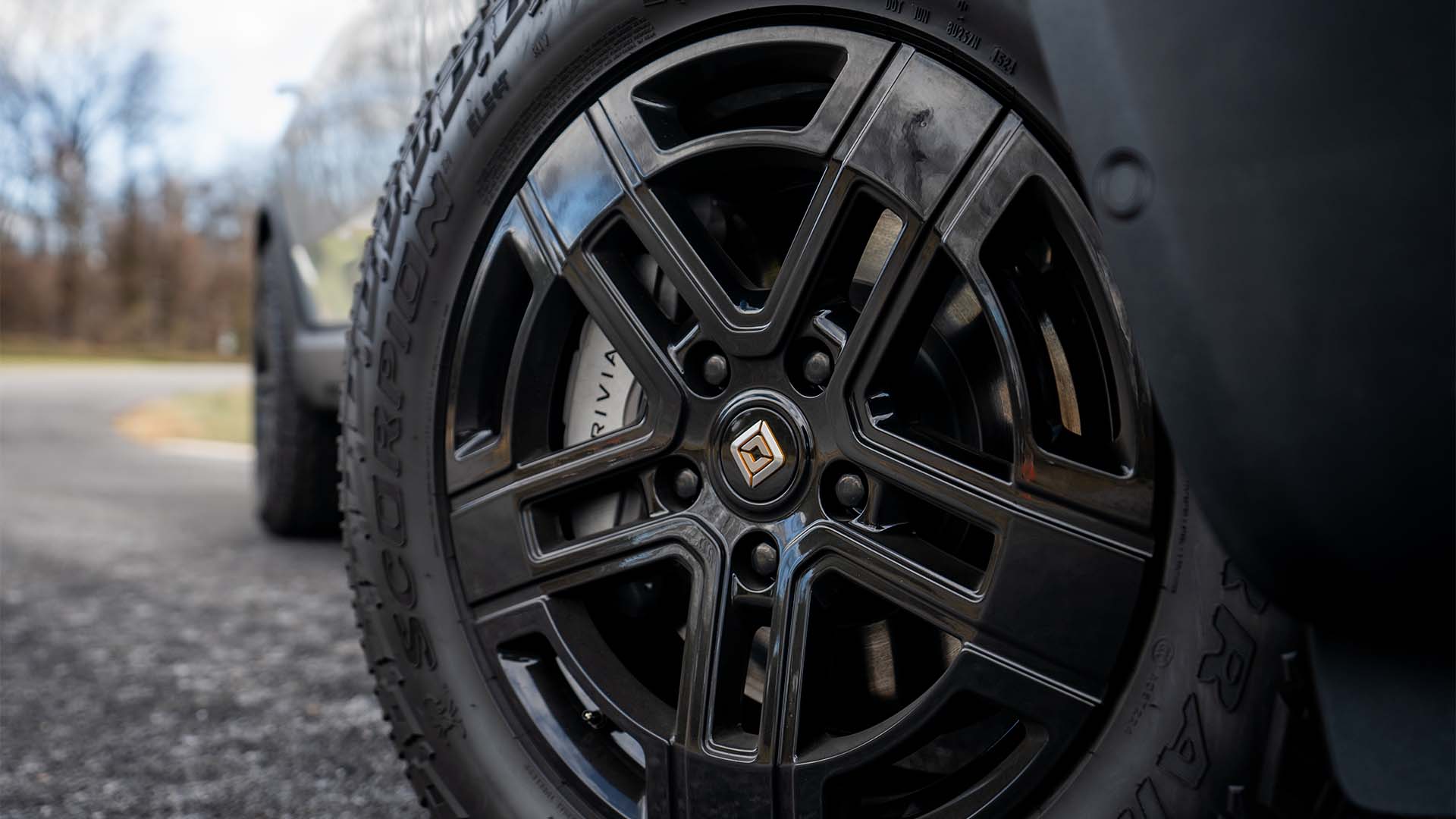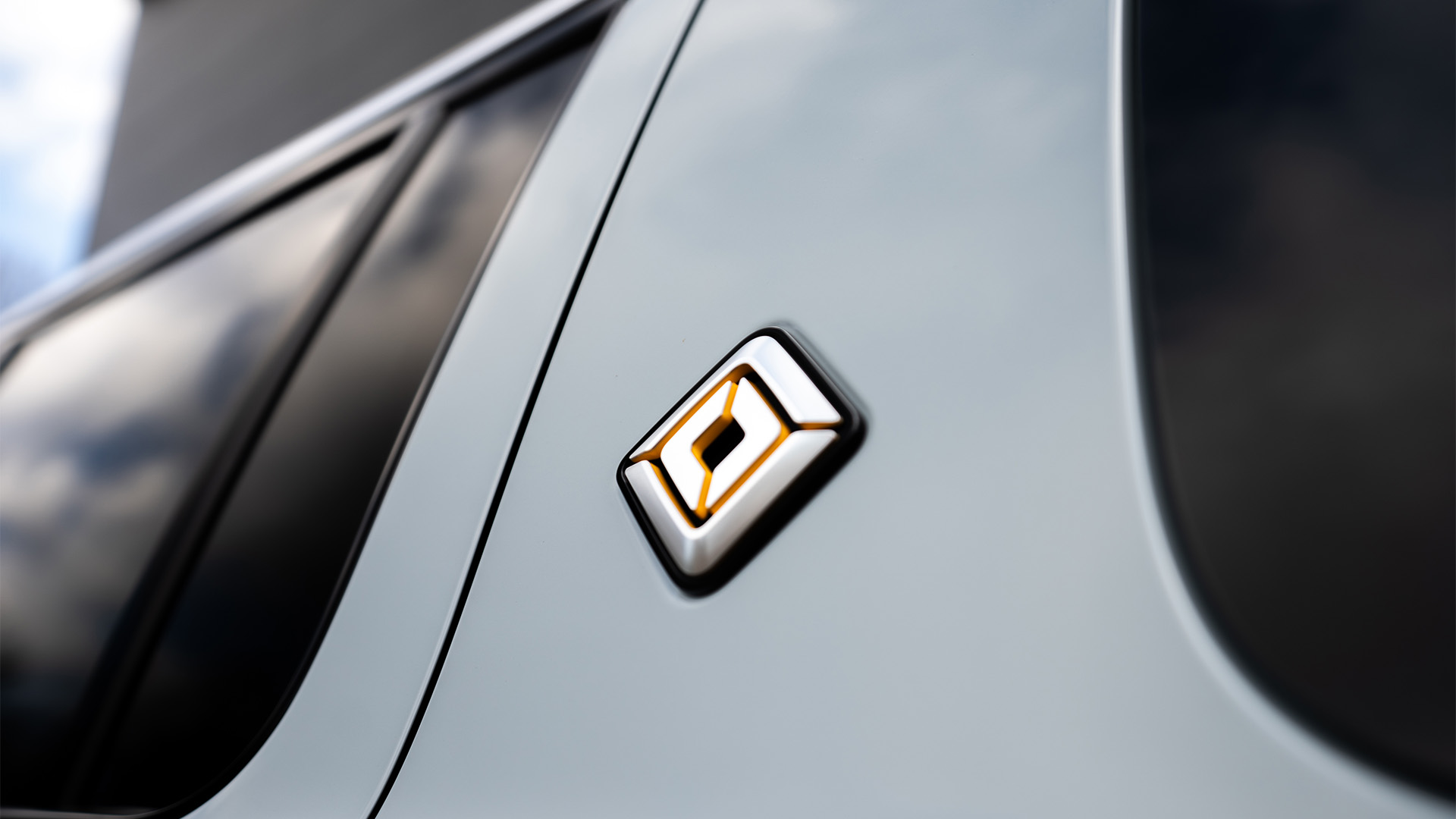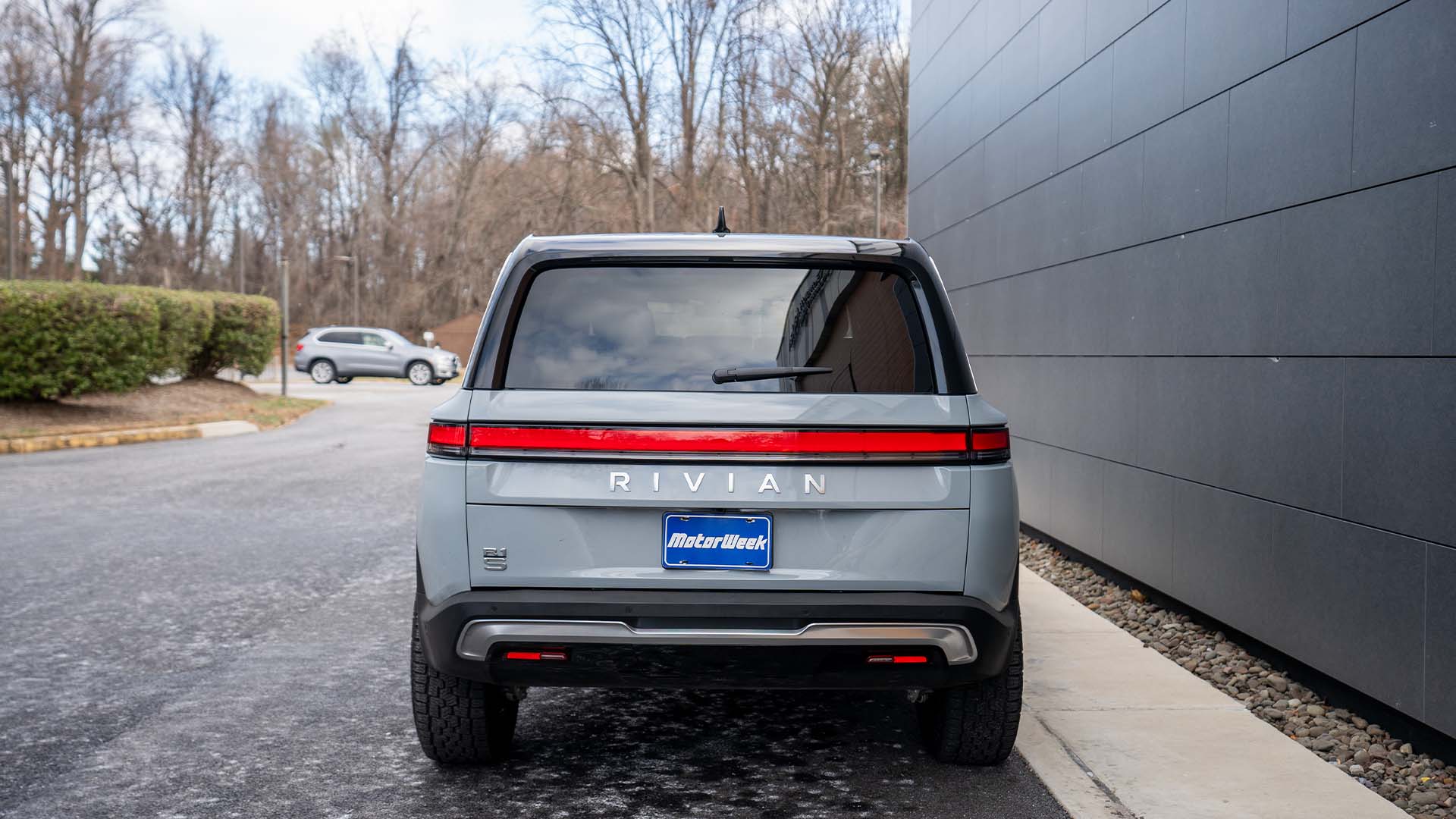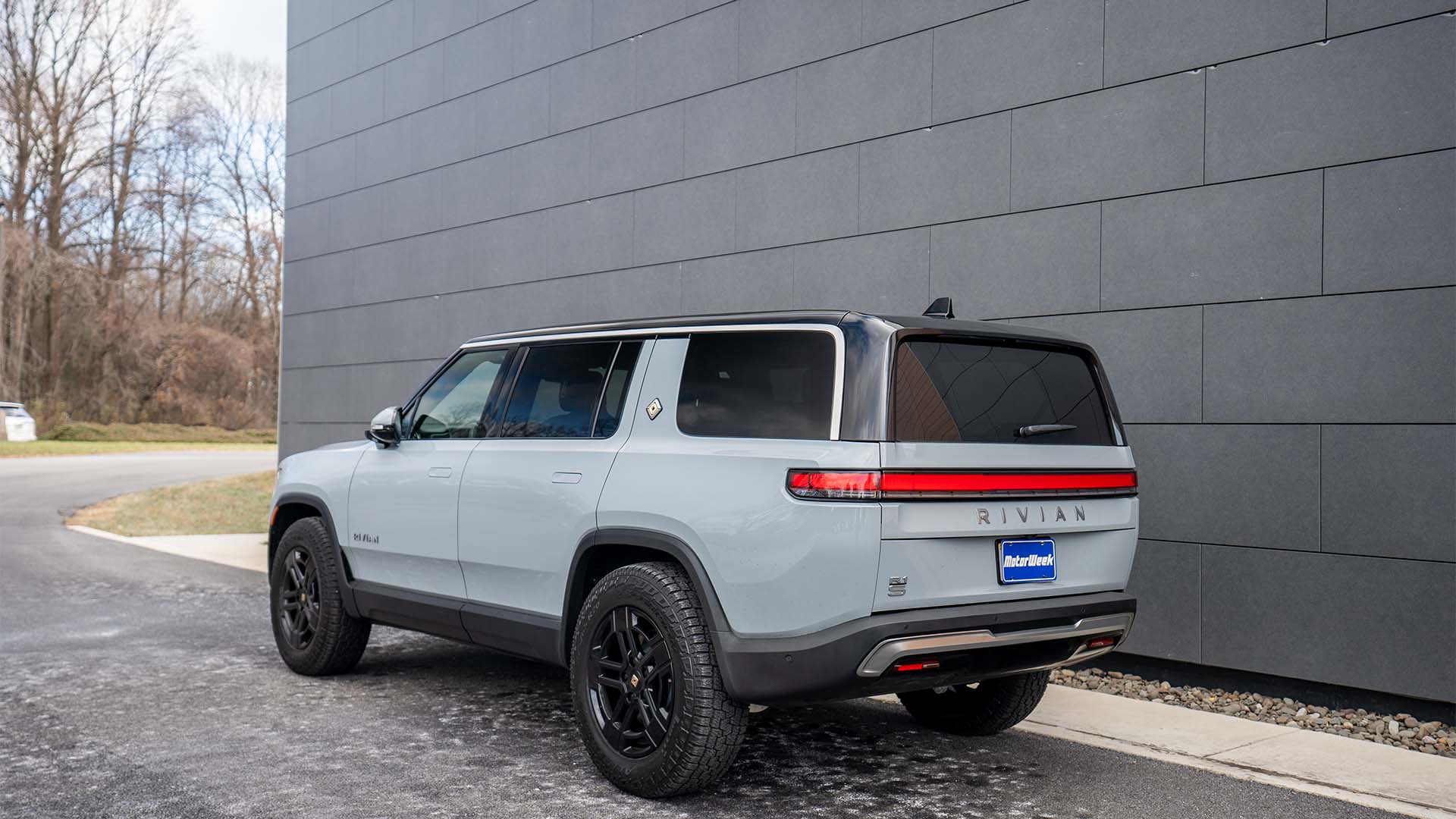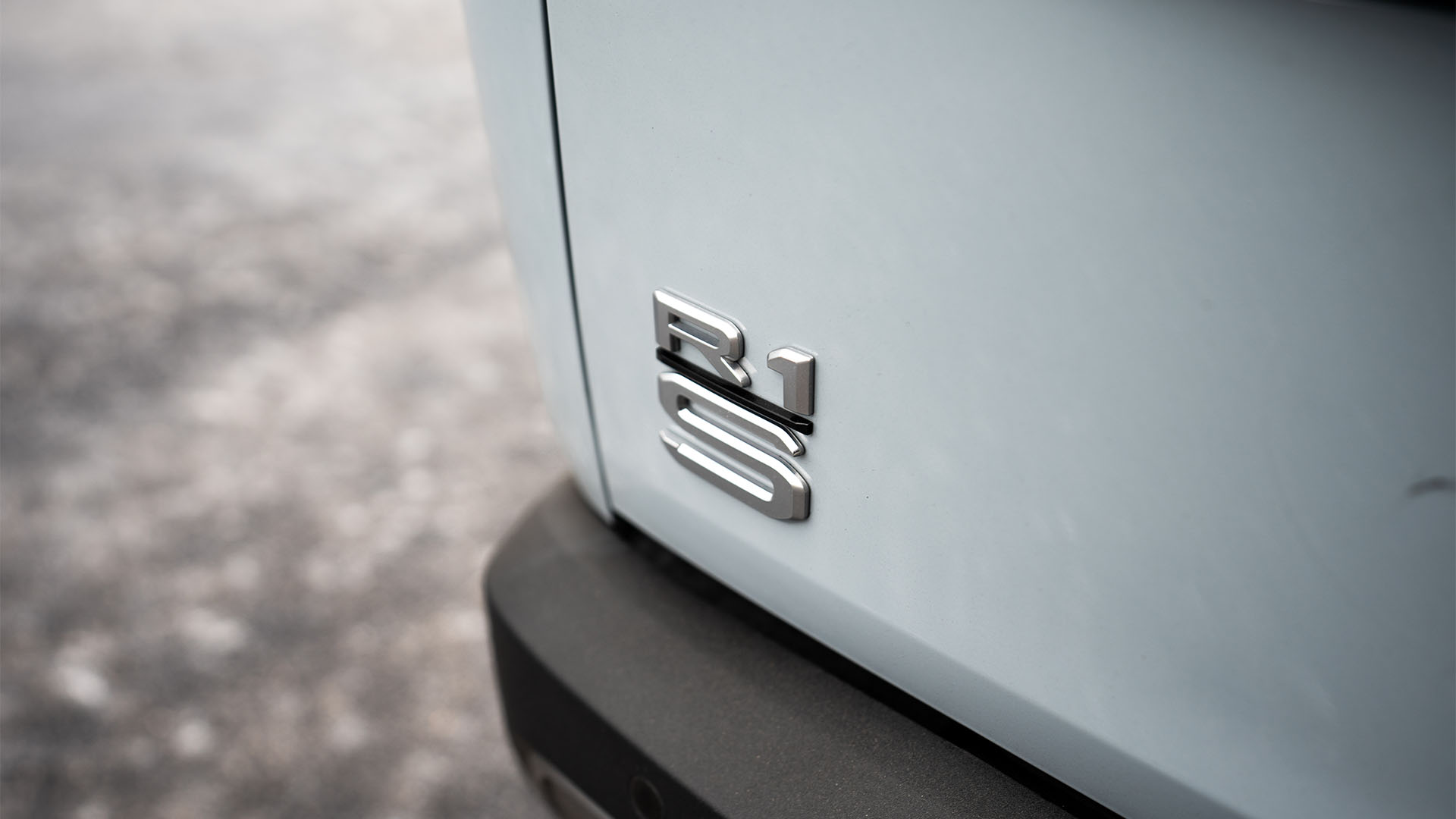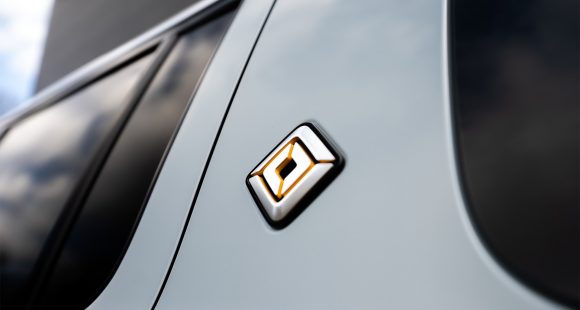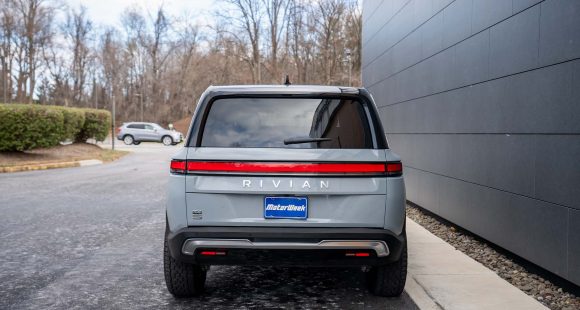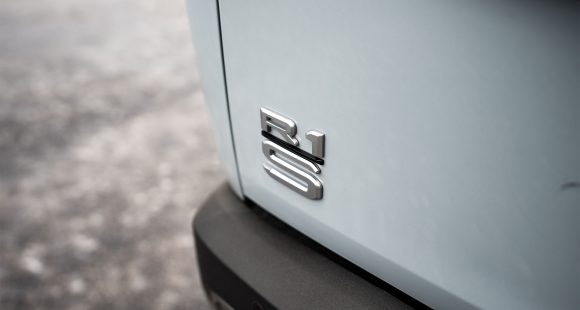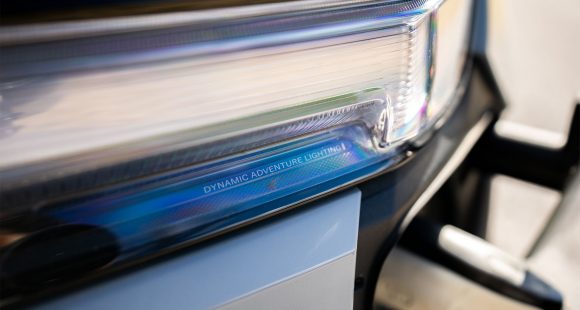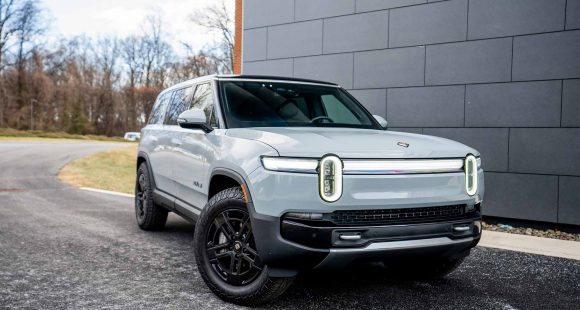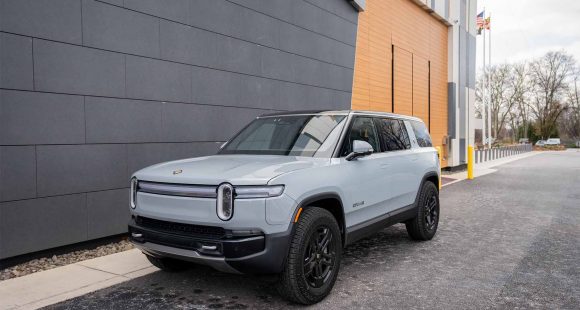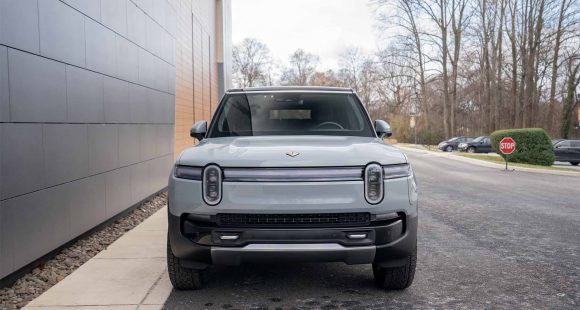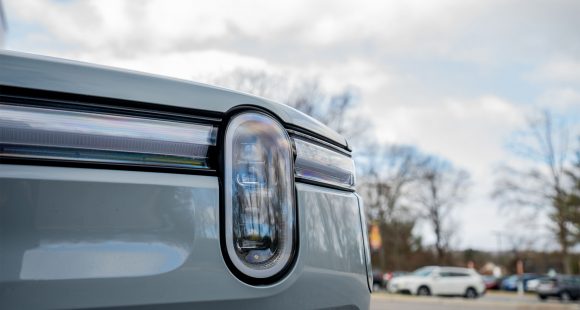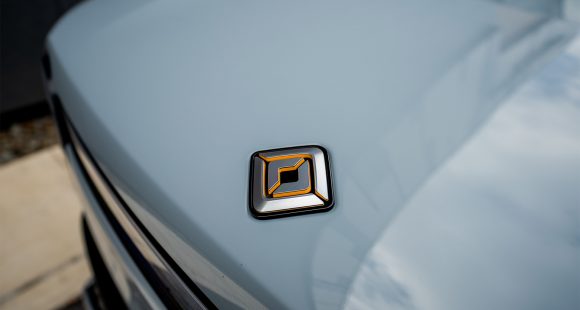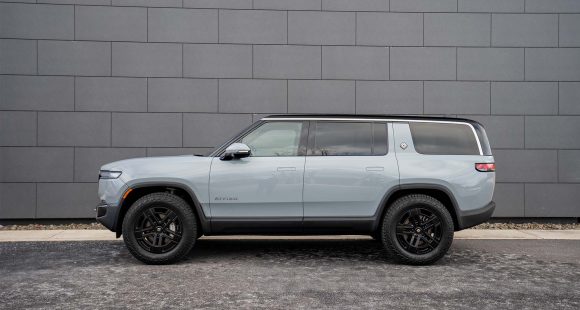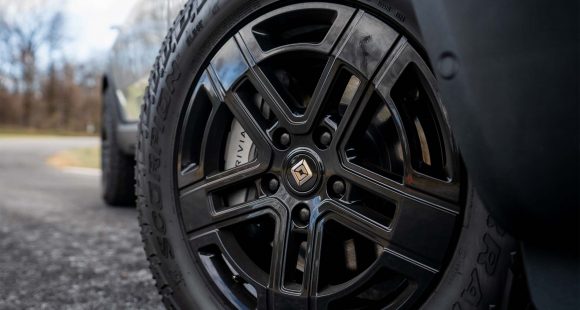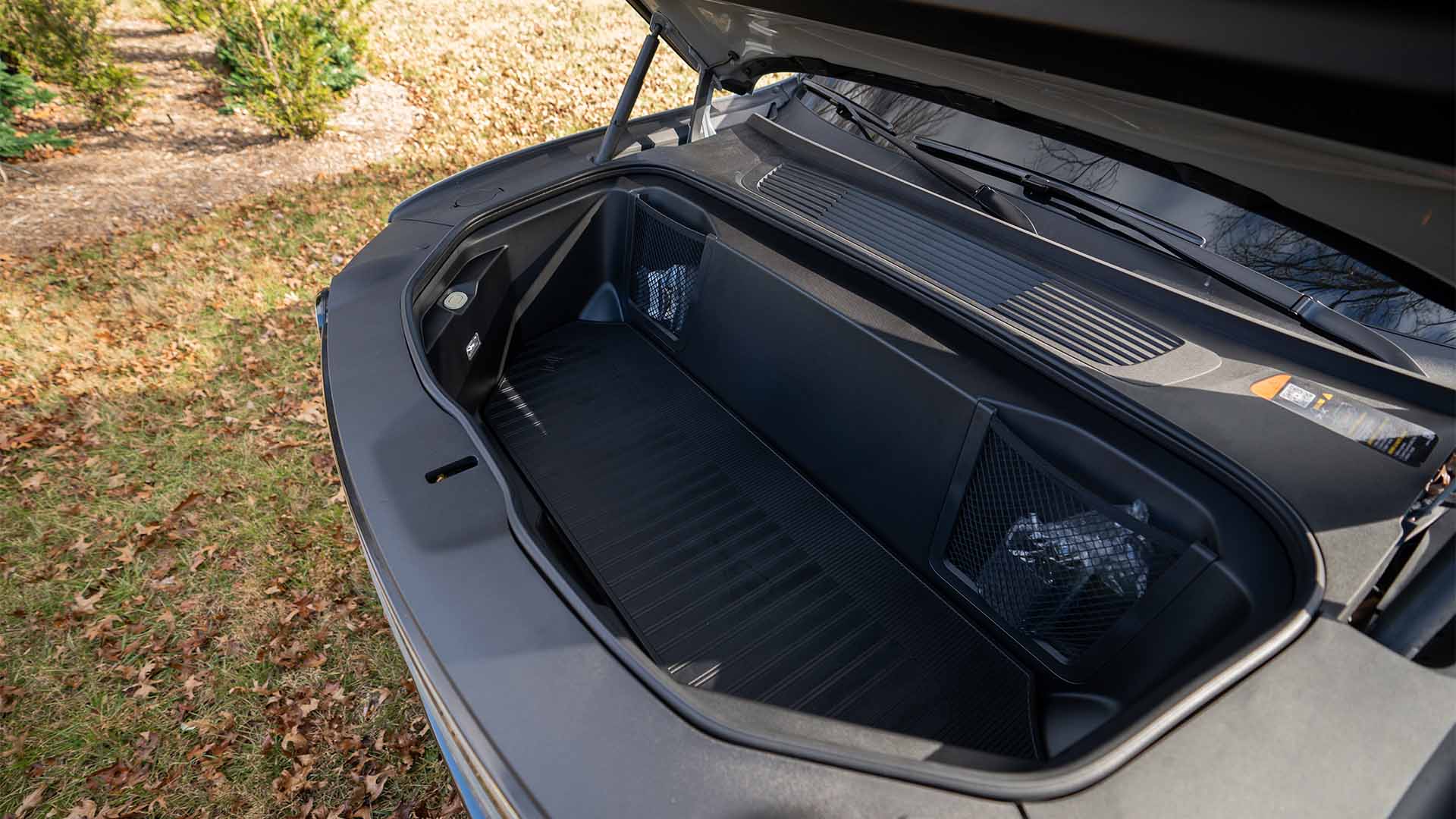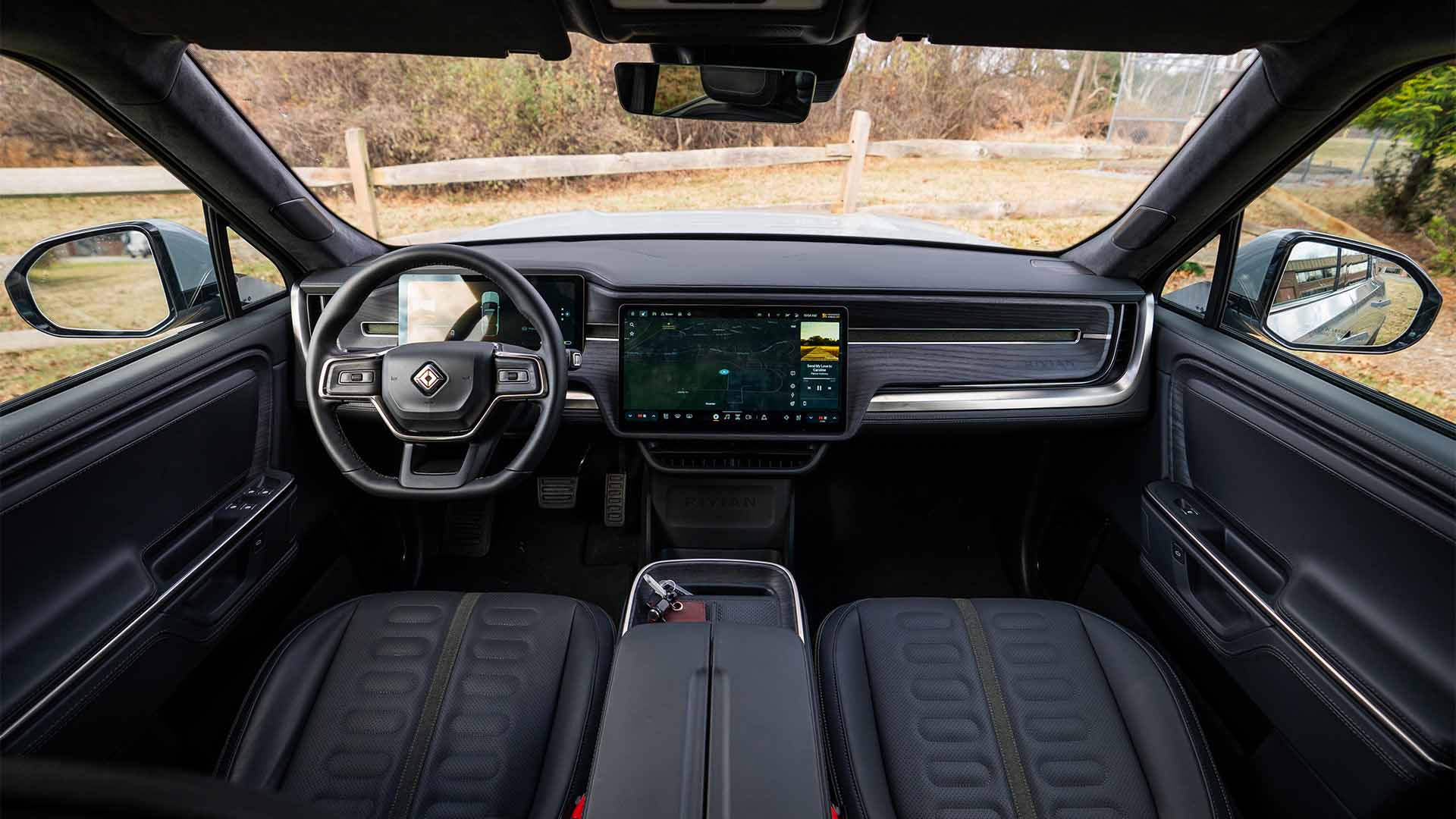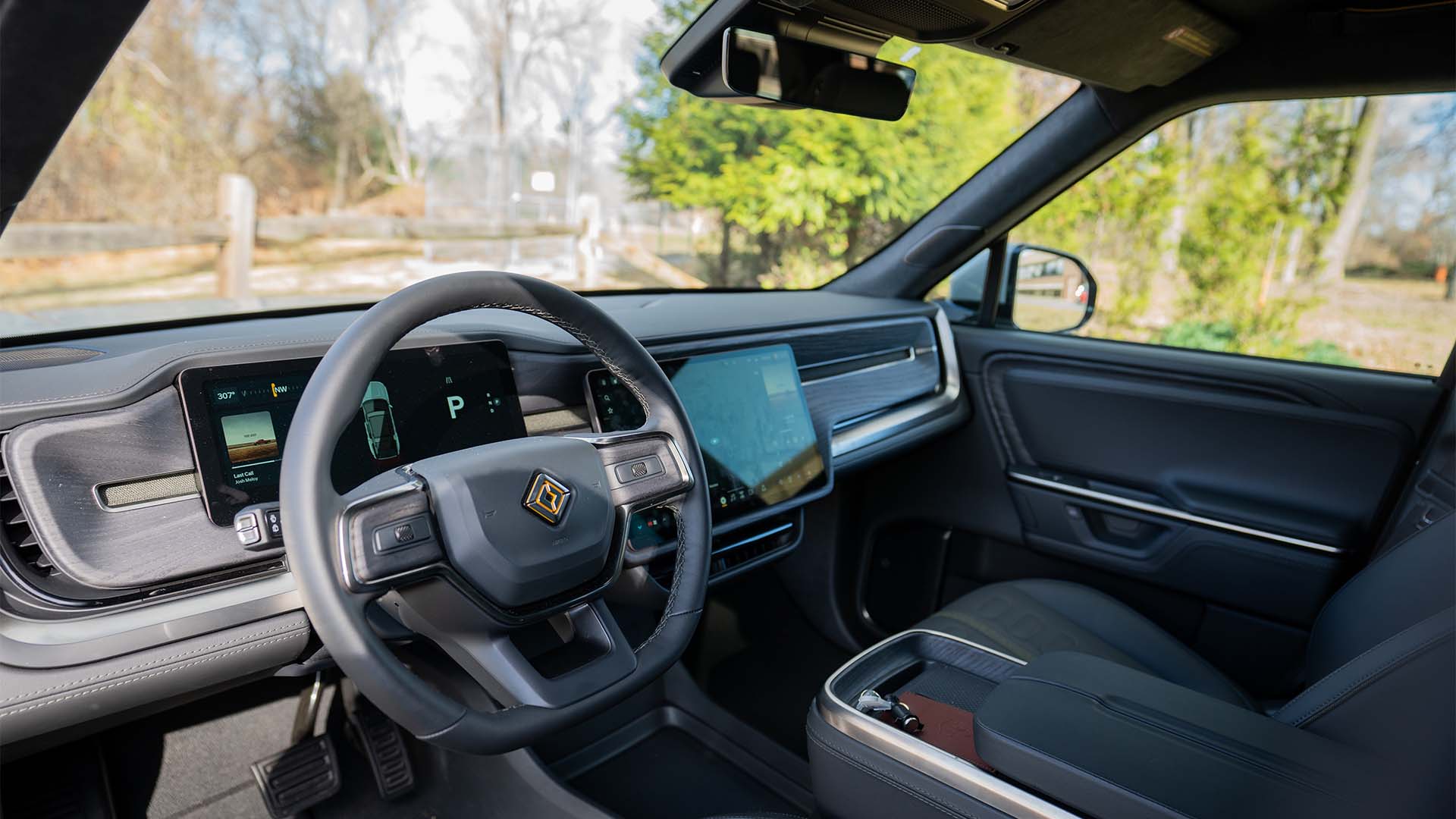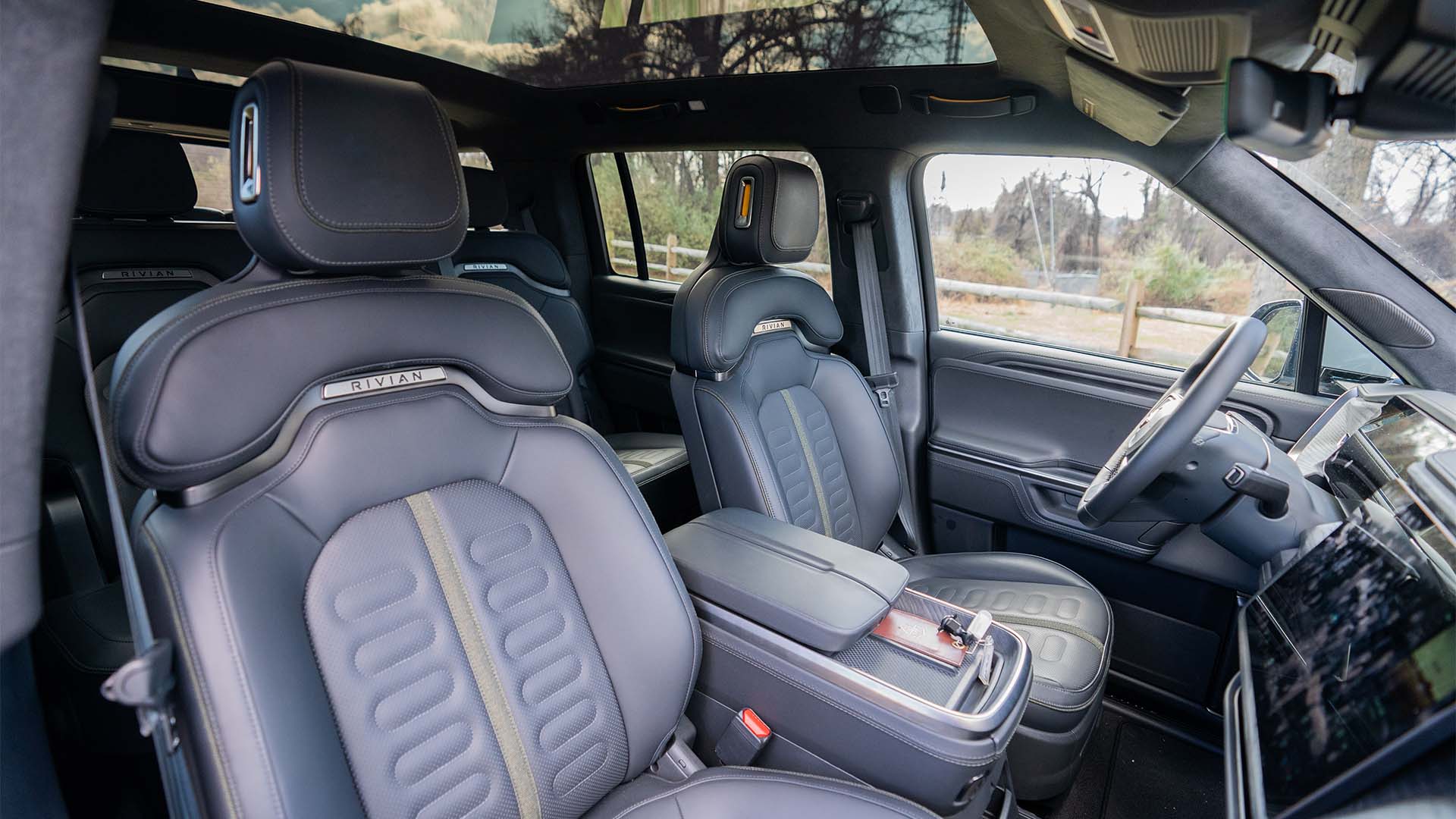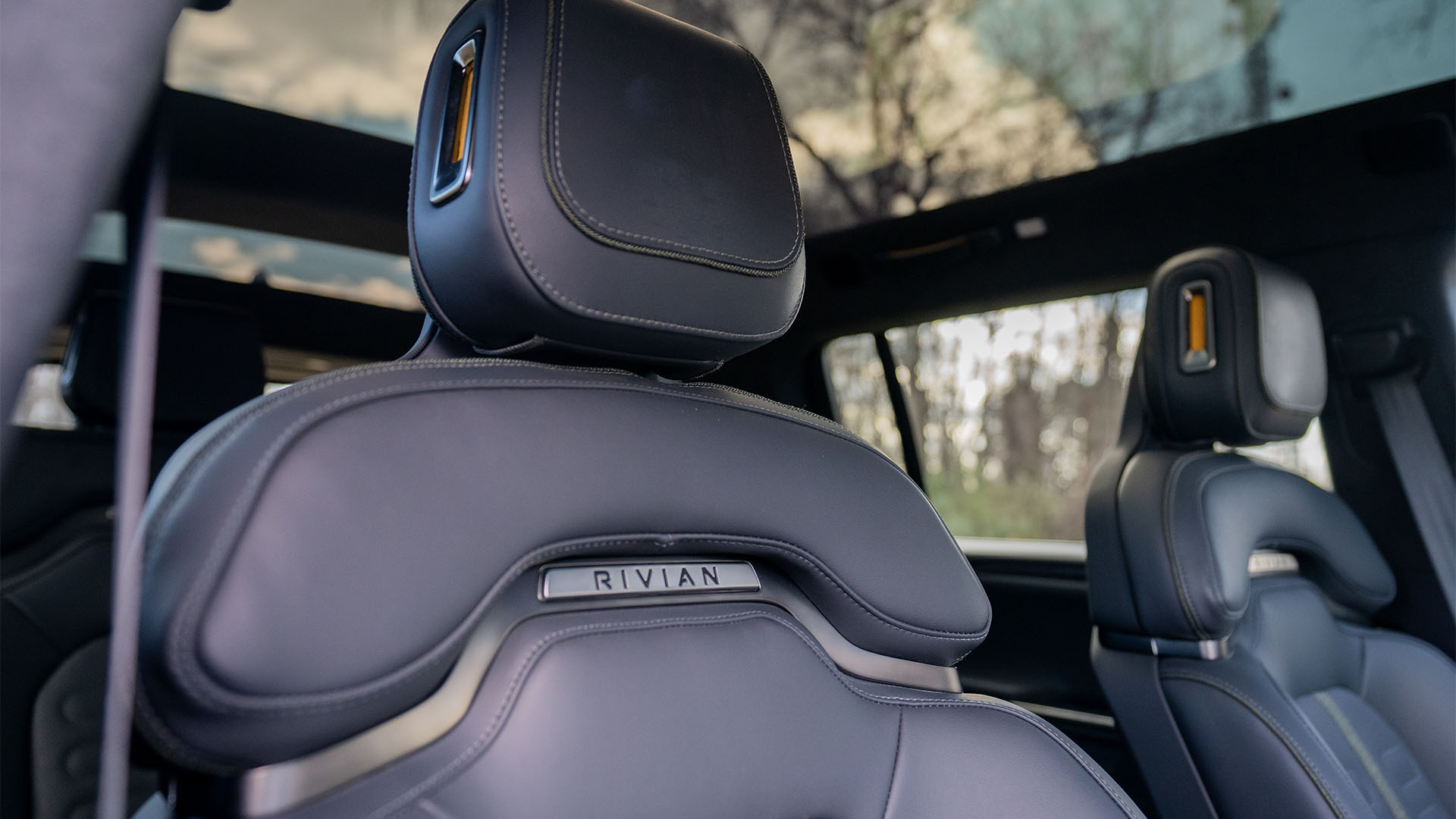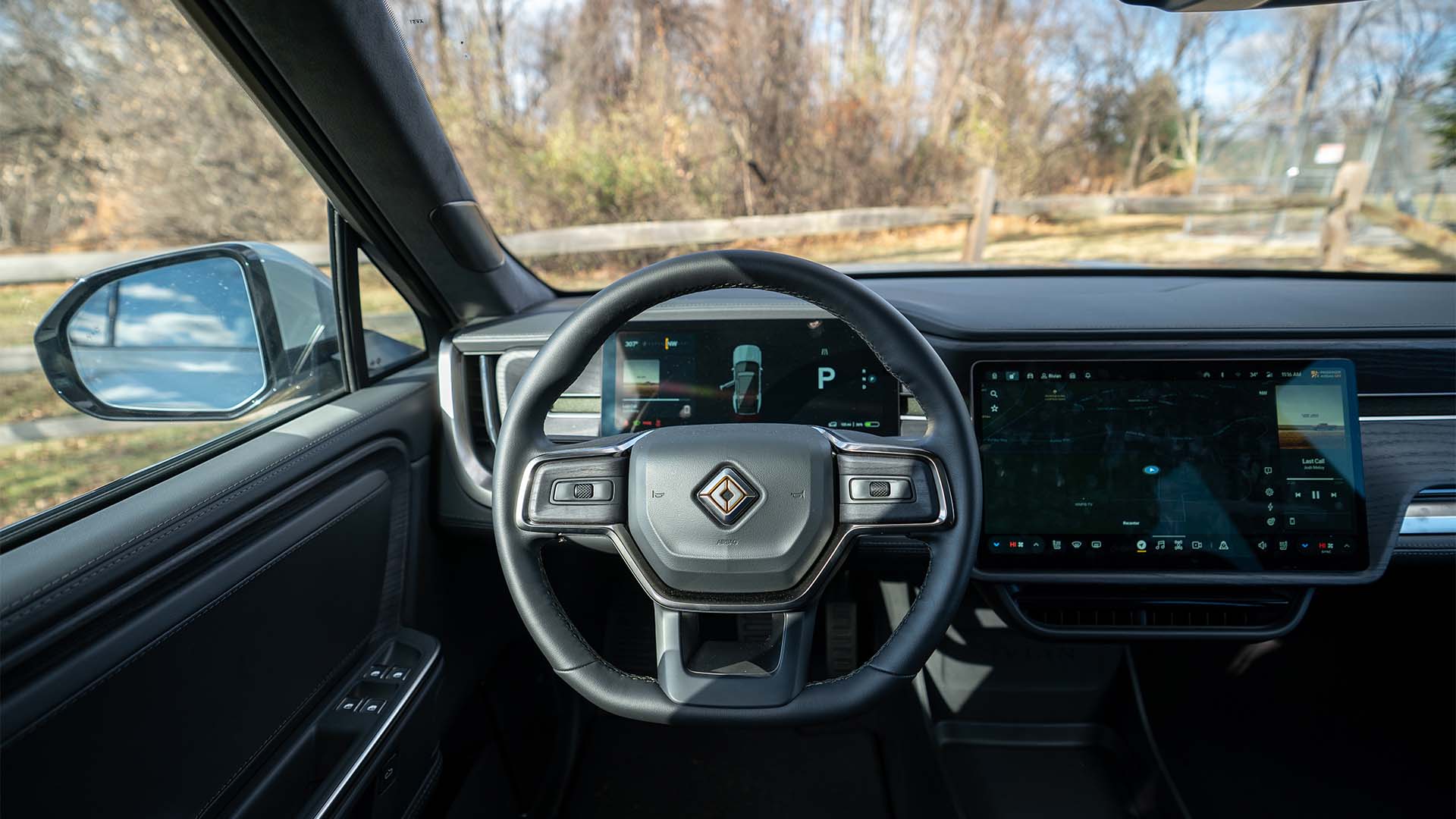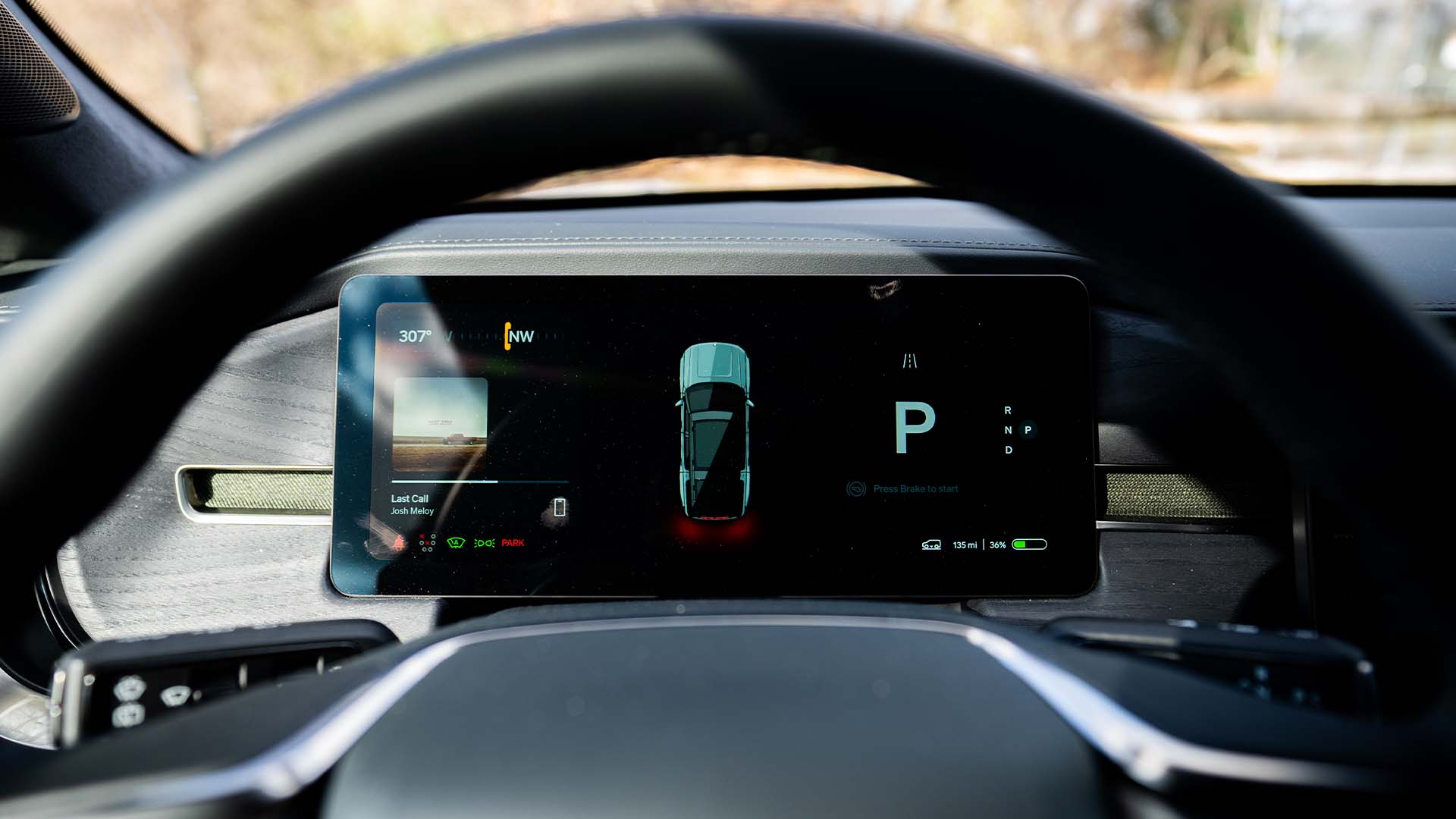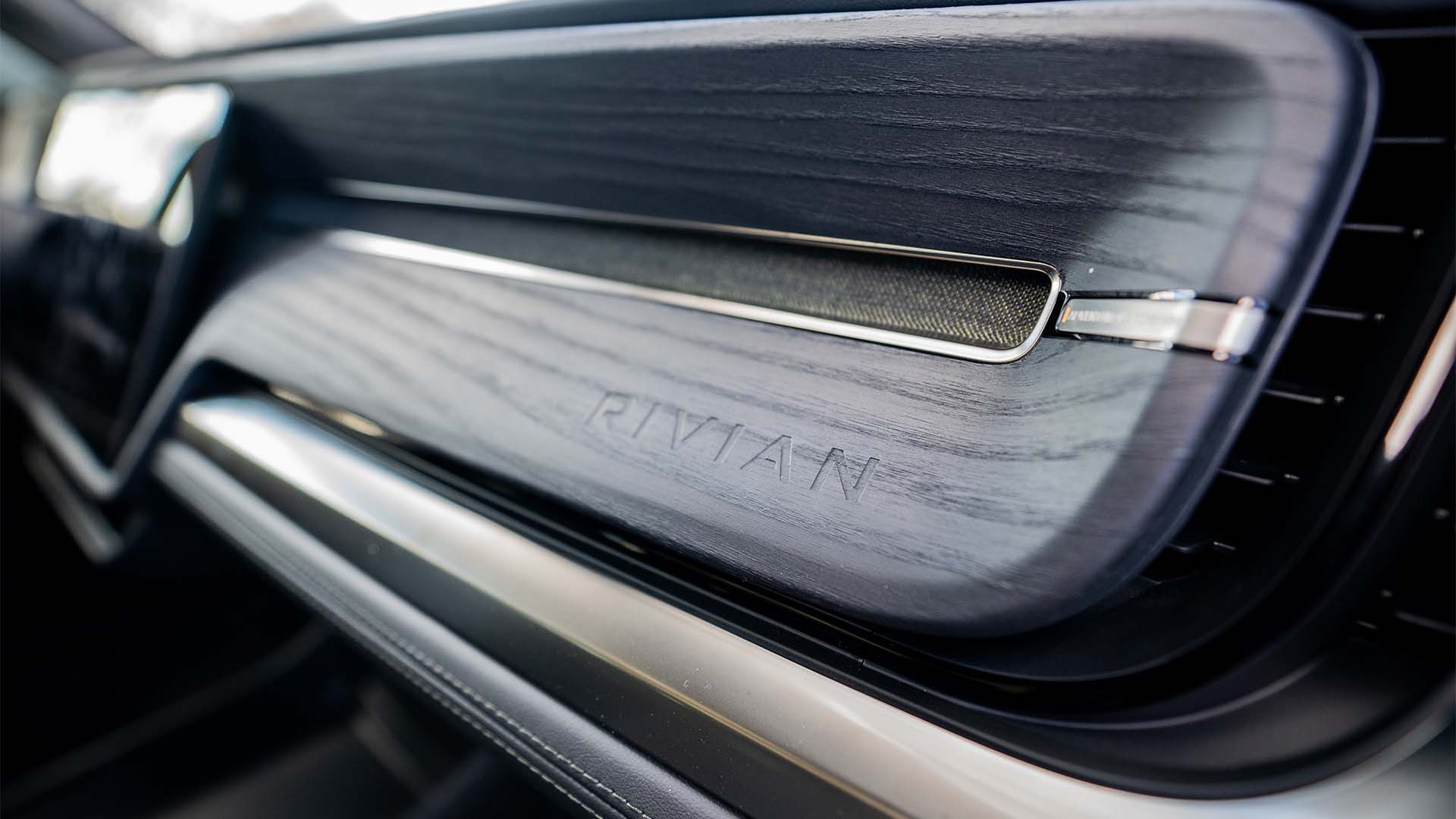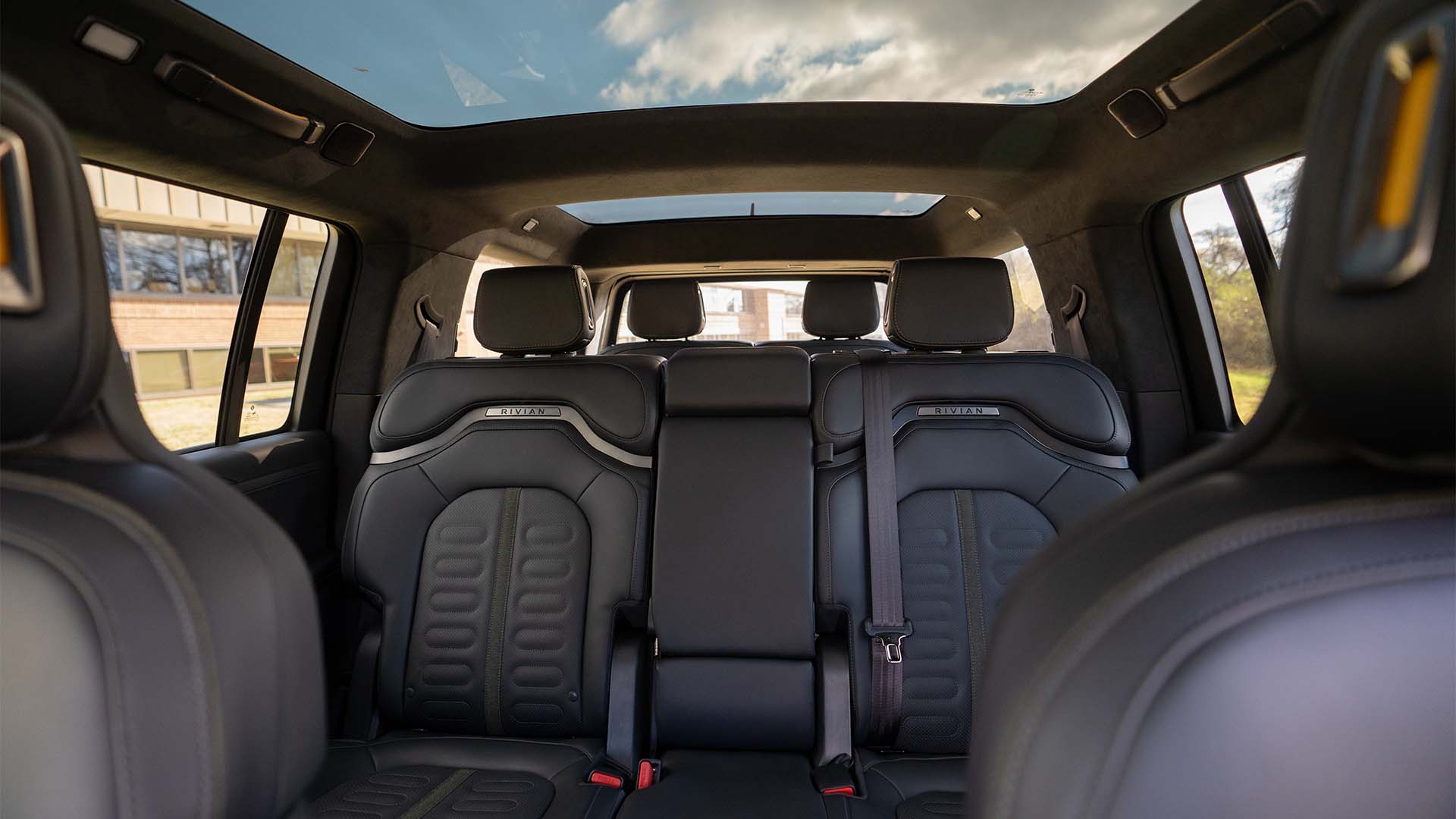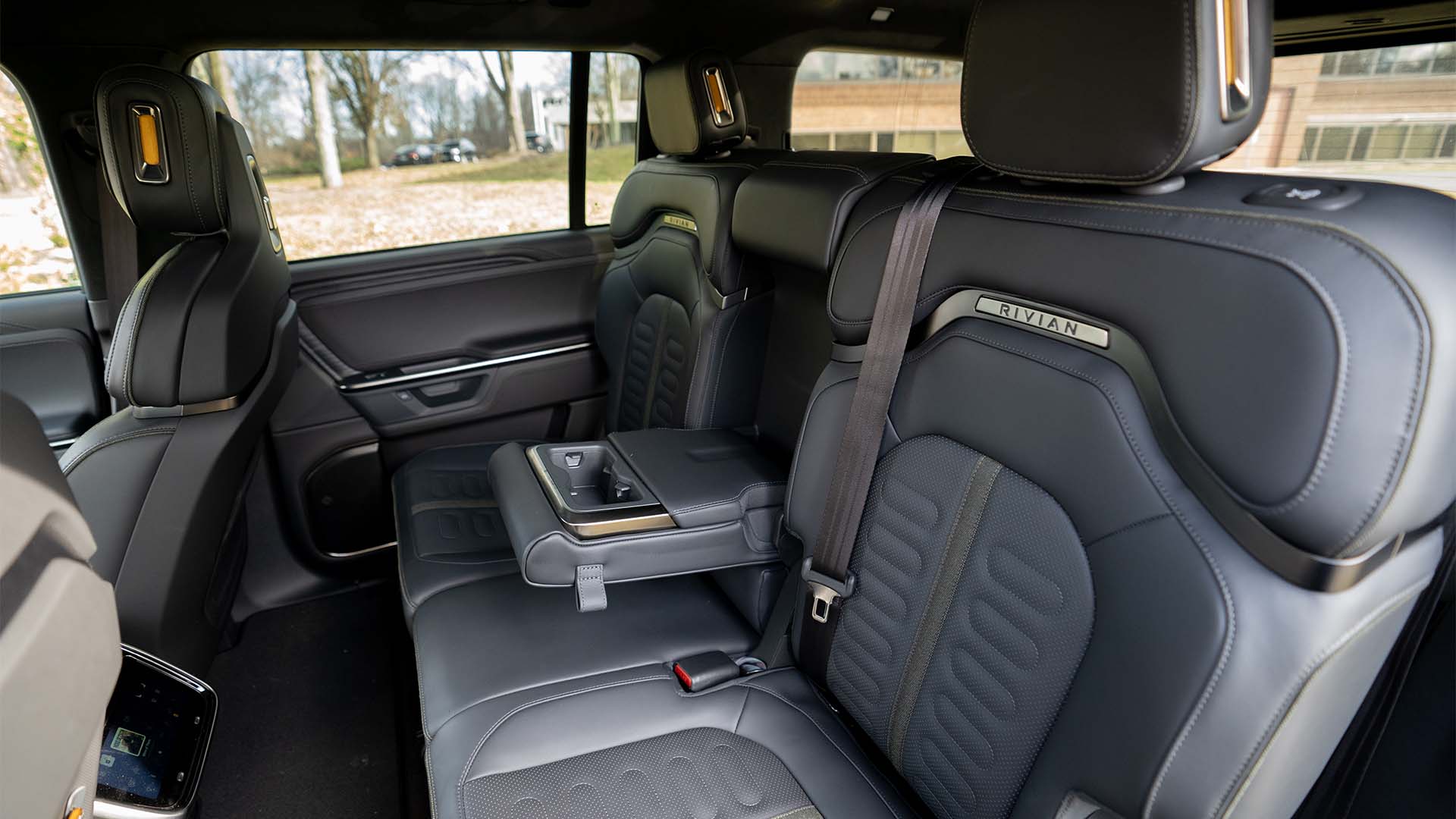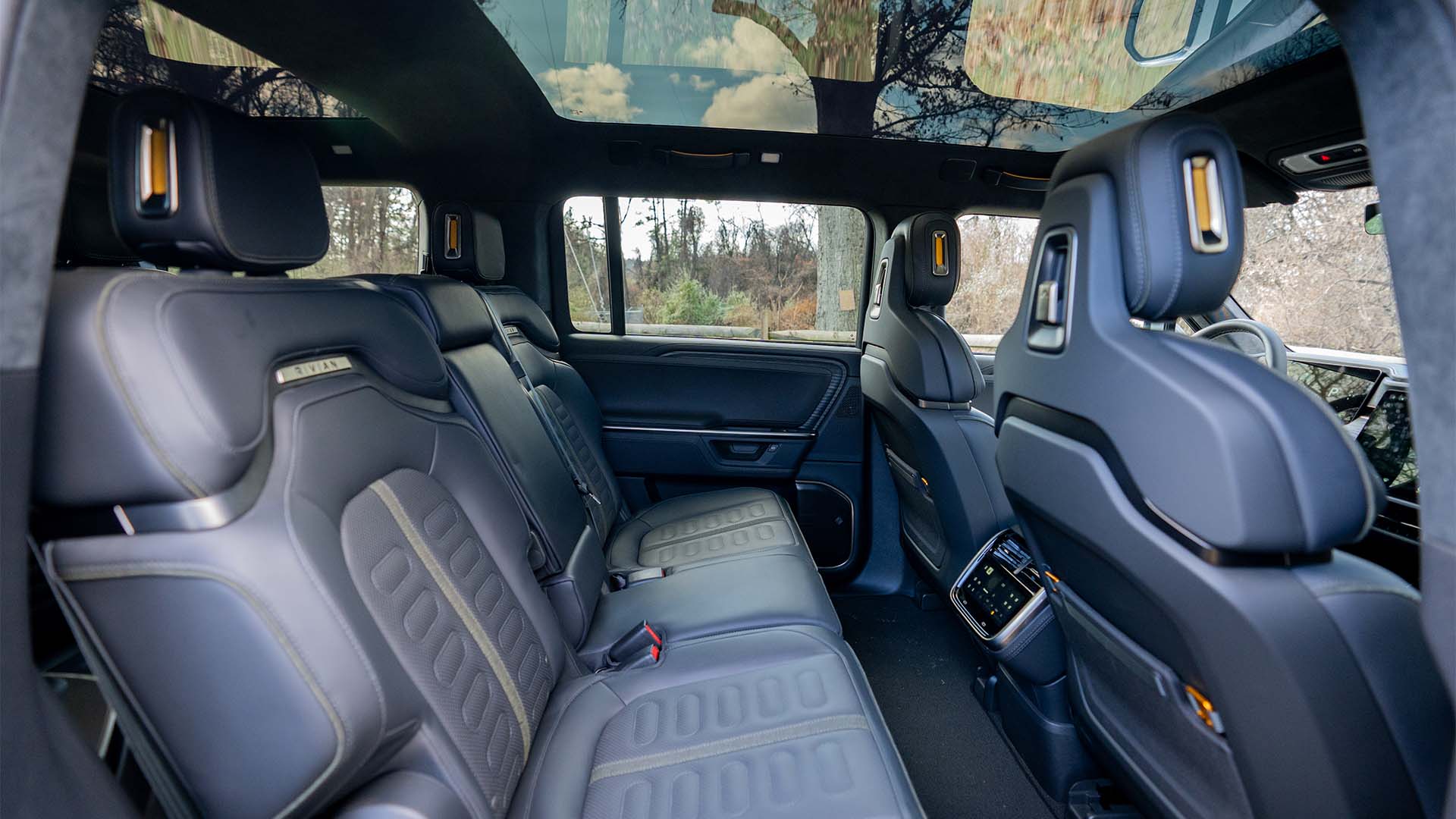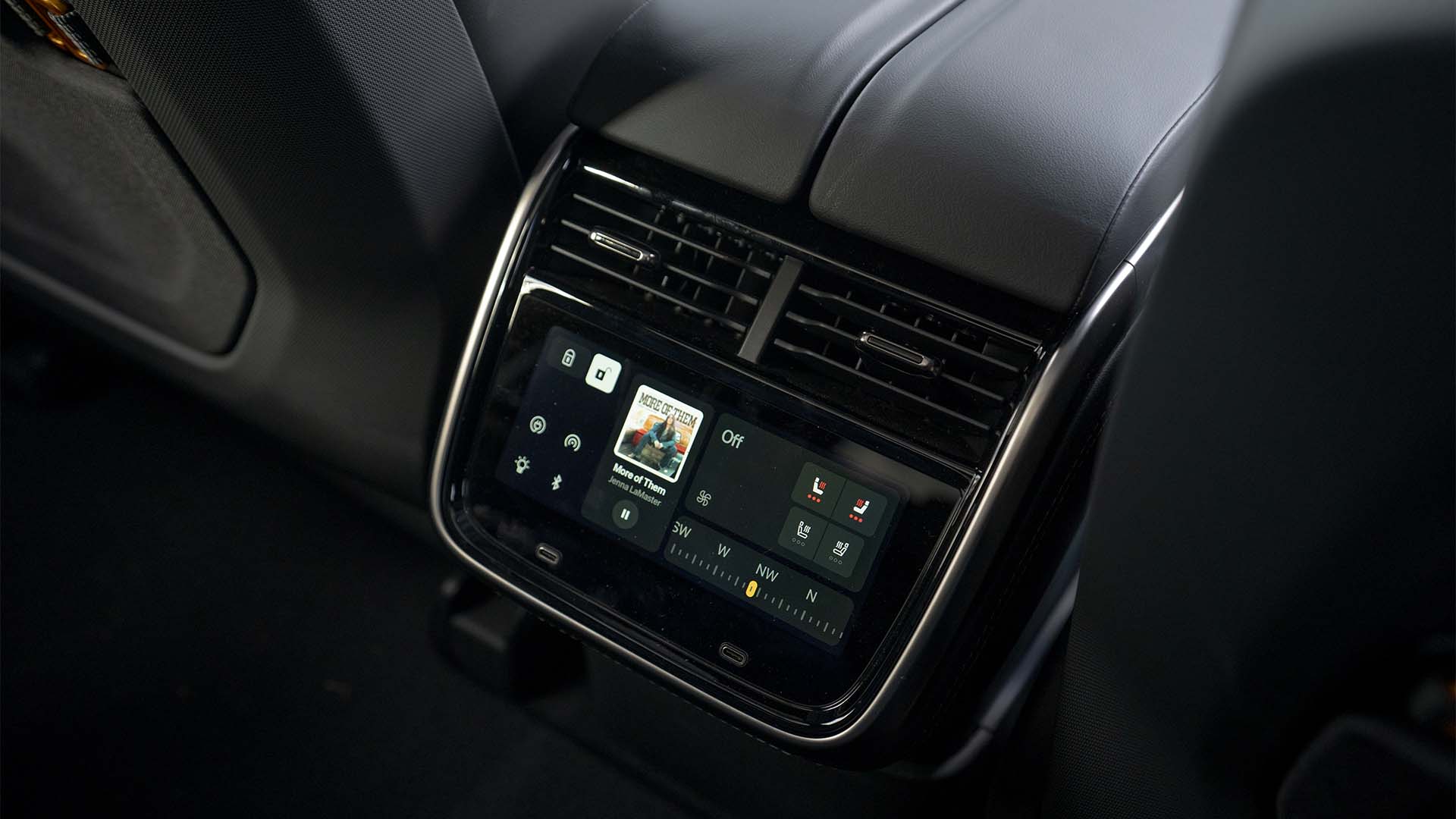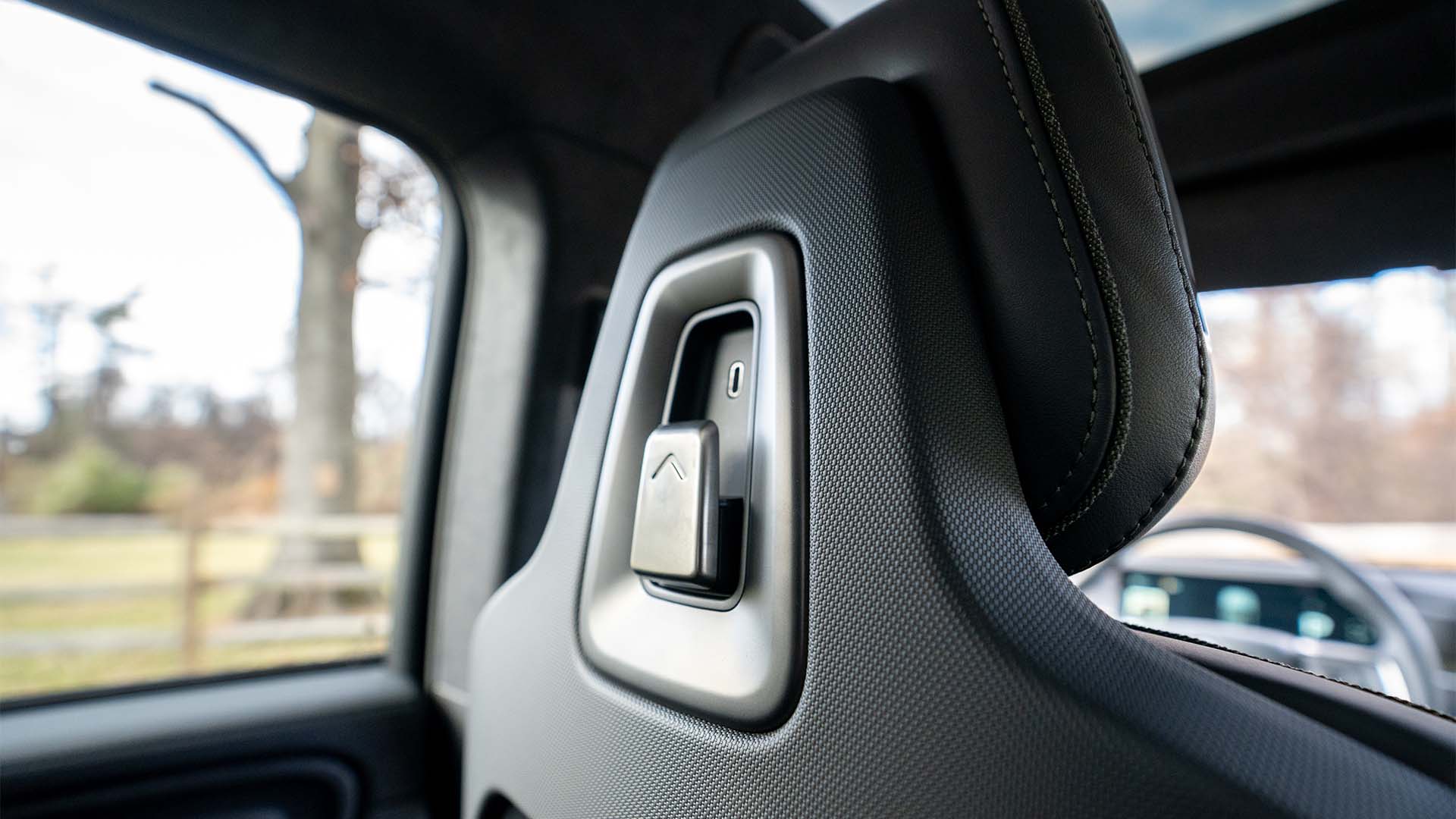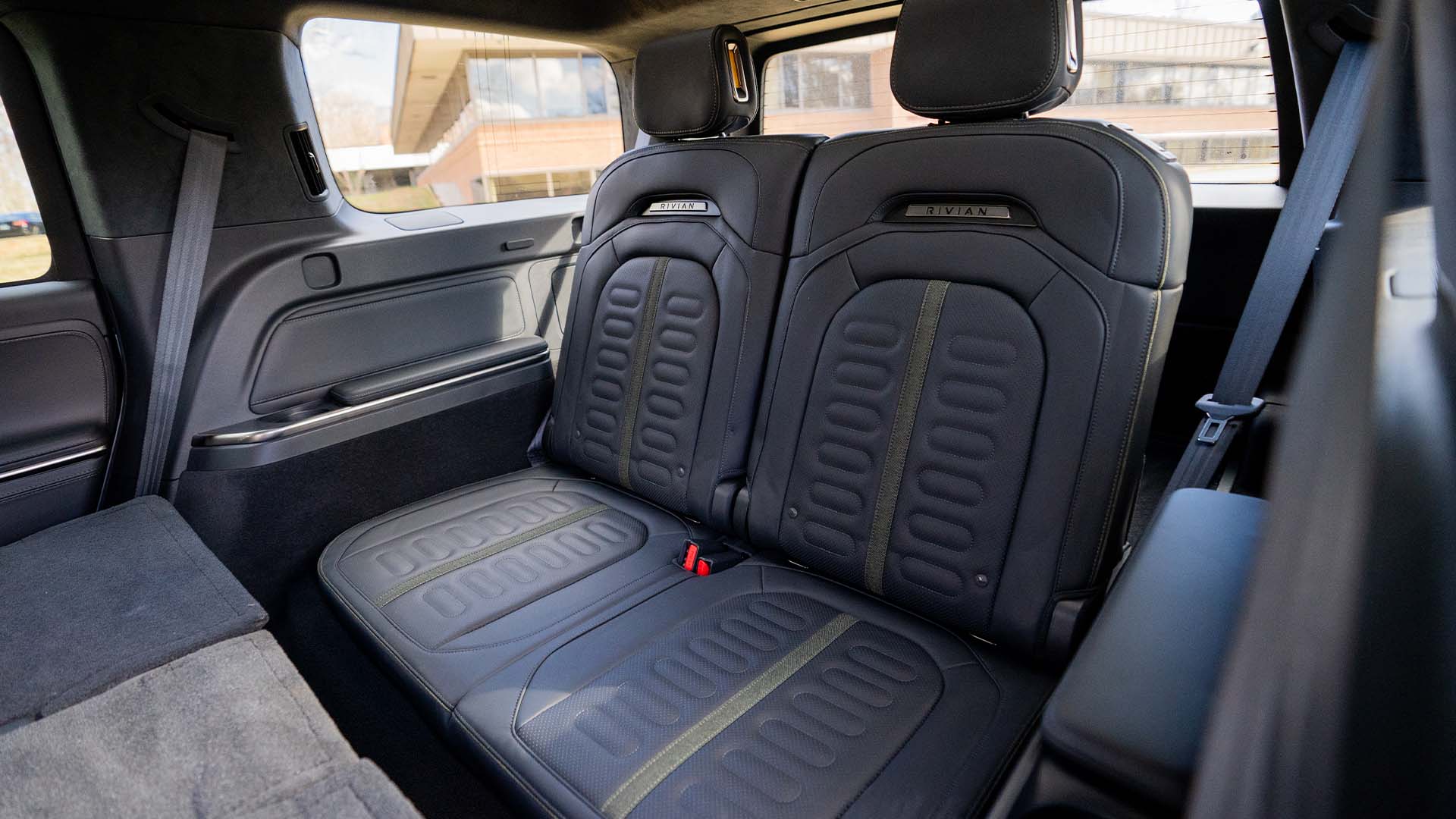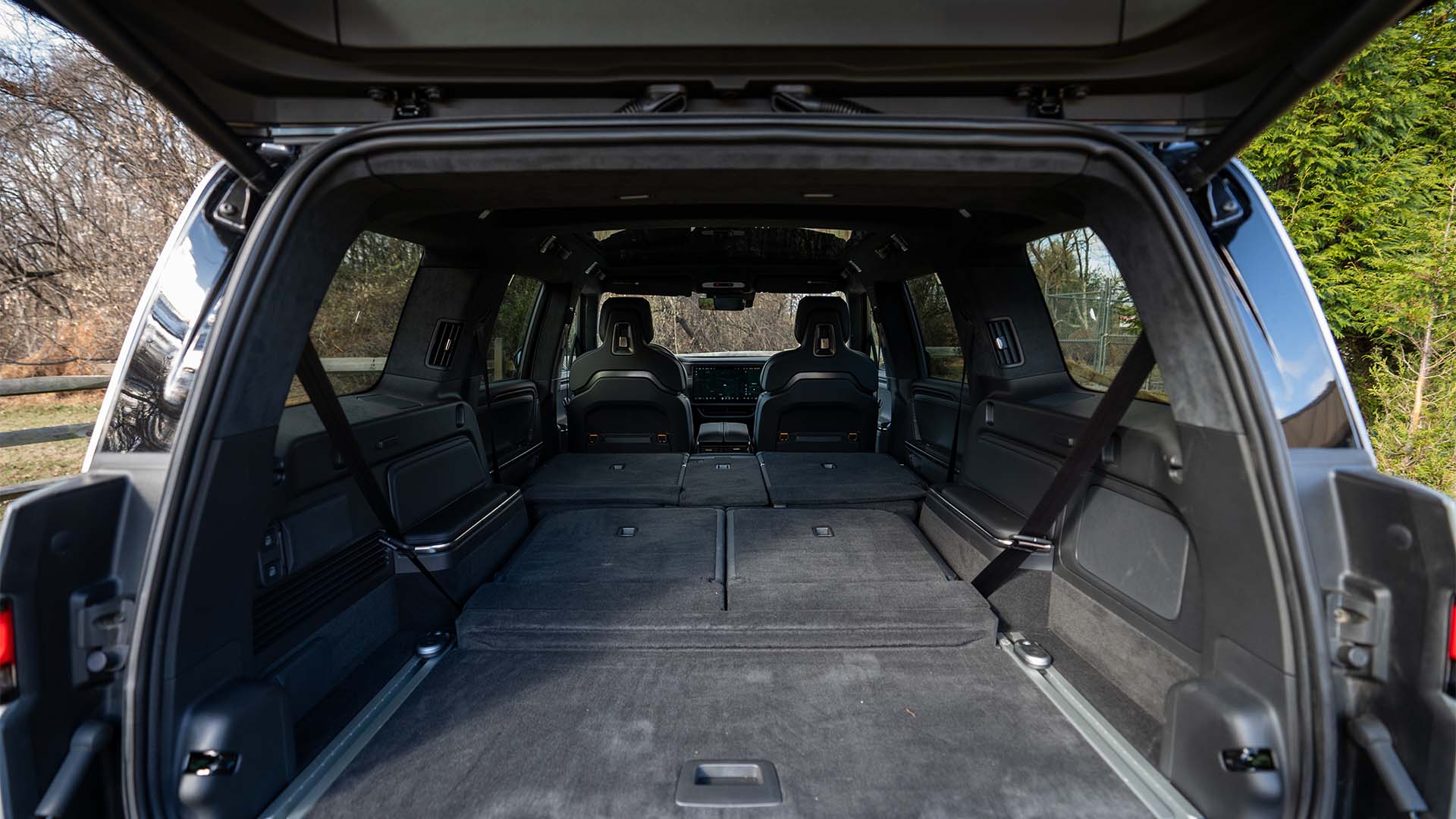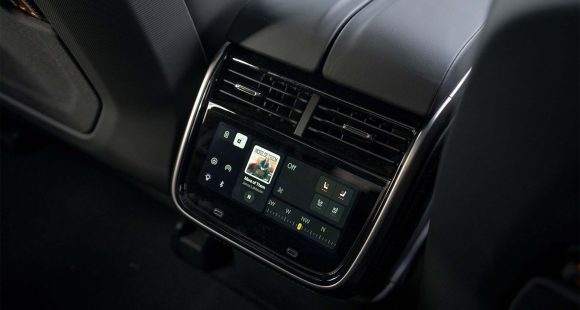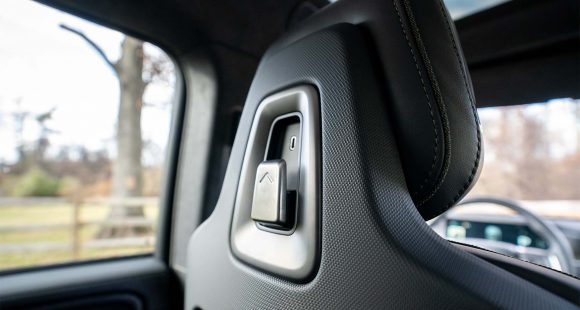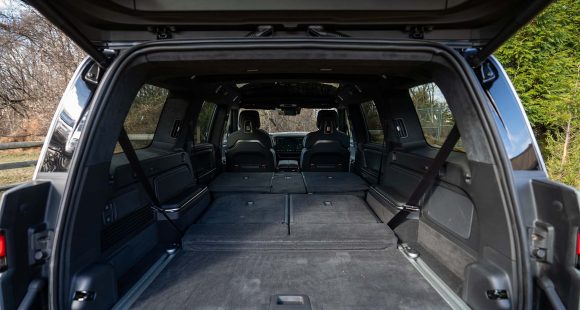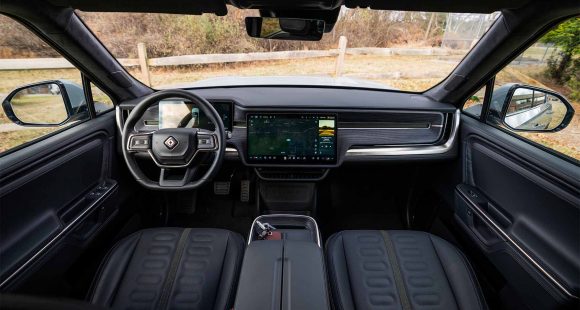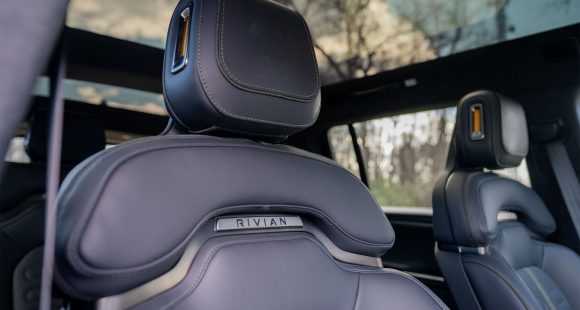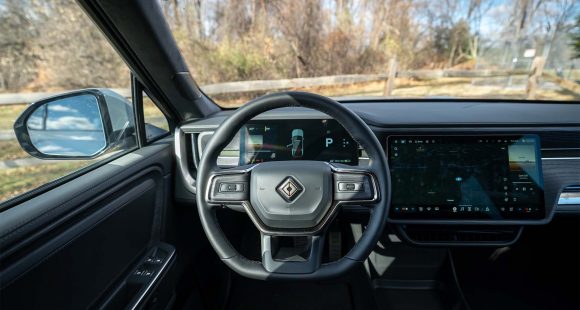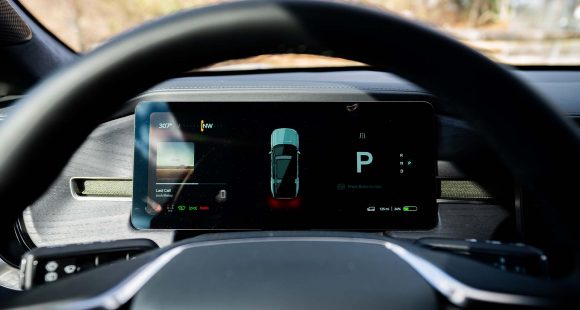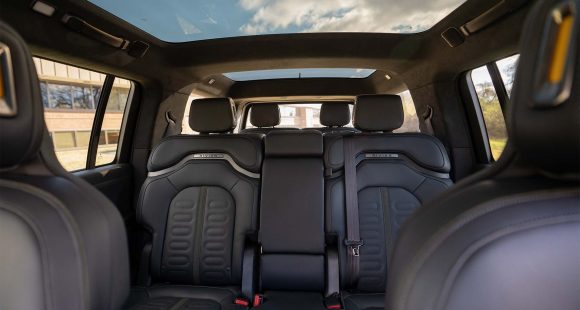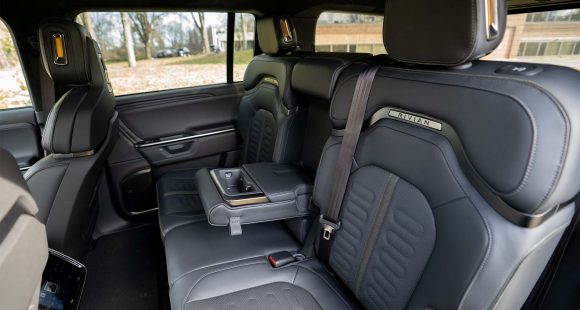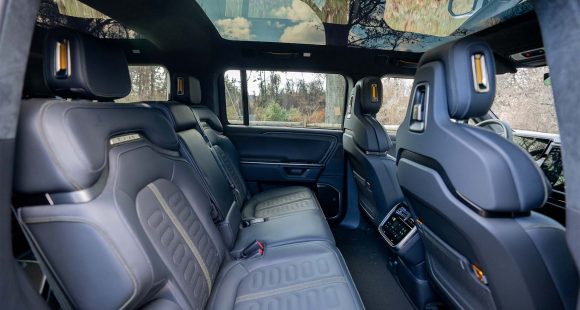2012 Toyota Camry
The Toyota Camry is not only America’s favorite car, but has long been the benchmark for mid-size family sedans. But, in recent years, recalls, natural disasters, and new rivals like the Hyundai Sonata, have put the Camry on the defensive. Well, now the Camry is switching to offense with an all new 2012 edition. So let’s see if the Camry should stay a winner.
The 7th generation, 2012 Toyota Camry aims to keep you safe, secure, but also entertained during your efficient everyday drive. That last part foretells an alteration in Camry philosophy as Toyota wants this new era sedan to attract a younger, more tech savvy, as well as environmentally conscience, family car buyer. But, the new Camry has to first appeal to the visual senses before it can lure more youthful customers into the showroom. Rather than go for a swoopy look like the Hyundai Sonata, the Camry designers took an edgy, if still very evolutionary path.
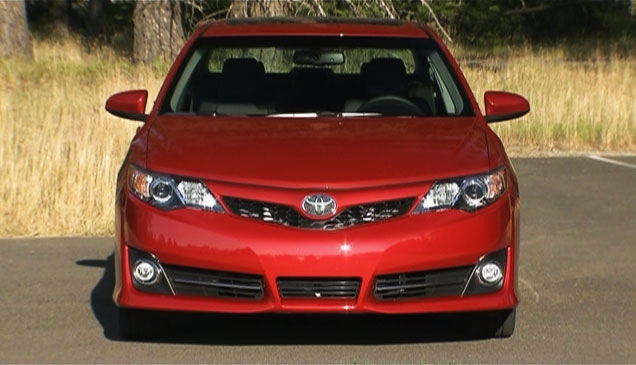 Our Red Metallic Camry SE test car exudes modern cues with strong character lines, flatter sides, and a wider stance. The front end looks ready to inhale the road with an aggressive, spoiler-style, three port lower inlet. The wide, sharply contoured headlights connect a shorter mesh grill. Other Camrys, including the Hybrid, have an attractive two-bar chrome grille and a large single port lower opening. Wedgy fog lights are standard only on the SE and XLE. With a full length shoulder line up top, rocker panel extensions below, supported by handsome 18-inch alloys, the SE’s profile looks appropriately sporty. Same for the rear view with a trunk lid spoiler, sculpted lower facia, and dual chrome exhaust tips. Other models are less overt, but all include huge, talon-shaped tail lamps that are definitely distinctive.
Our Red Metallic Camry SE test car exudes modern cues with strong character lines, flatter sides, and a wider stance. The front end looks ready to inhale the road with an aggressive, spoiler-style, three port lower inlet. The wide, sharply contoured headlights connect a shorter mesh grill. Other Camrys, including the Hybrid, have an attractive two-bar chrome grille and a large single port lower opening. Wedgy fog lights are standard only on the SE and XLE. With a full length shoulder line up top, rocker panel extensions below, supported by handsome 18-inch alloys, the SE’s profile looks appropriately sporty. Same for the rear view with a trunk lid spoiler, sculpted lower facia, and dual chrome exhaust tips. Other models are less overt, but all include huge, talon-shaped tail lamps that are definitely distinctive.
Unlike newer competitors the Camry still offers a V6. The carryover 3.5-liter in our SE rates 268-horsepower and 248 pound-feet of torque. The base engine is the familiar 2.5-liter I4 with 178-horsepower and 170 pound-feet. Both the 4 and 6 are manual mode 6-speed automatic only, although the SE does add paddle shifters. The Hybrid’s 2.5-liter has been revamped for more efficiency, with a combined hybrid drive CVT output of 200-horsepower, a boost of 13.
Hybrid fuel economy jumps to 43 City and 39 Highway, now handily beating the Ford Fusion Hybrid. But, that’s due more to the new Camry losing weight, honing aerodynamics, and adding more efficient tires, than just powertrain tweaks. Even with carryover engines the I4 government ratings of 25 City and 35 Highway are up 3 mpg each, with the V6 gaining one each at 21 City and 30 Highway.
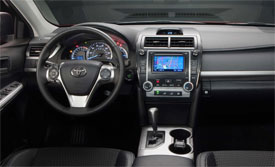 Every new Camry generation brings more comfort and luxury. While both exterior and interior dimensions have barely changed, the cabin feels bigger and is richer. The handsome dash is dressed with better materials and even real stitching. Details are more artful. The hooded, overlapping gauges with twin LED readouts are crystal clear. Switches are oversized and easy to reach. The user friendly center console puts the shifter and cupholders side-by-side. Bluetooth is now standard on all Camrys, along with a USB port with full iPod integration. But, a backup camera is an option.
Every new Camry generation brings more comfort and luxury. While both exterior and interior dimensions have barely changed, the cabin feels bigger and is richer. The handsome dash is dressed with better materials and even real stitching. Details are more artful. The hooded, overlapping gauges with twin LED readouts are crystal clear. Switches are oversized and easy to reach. The user friendly center console puts the shifter and cupholders side-by-side. Bluetooth is now standard on all Camrys, along with a USB port with full iPod integration. But, a backup camera is an option.
SE and XLE V6 Camry’s includes a 6.1 inch touch screen for navigation, stereo, trip functions, and Entune. Entune, Toyota’s new multimedia system, links with smart phones for apps access to and Pandora and Bing as well as traffic, weather, and sports schedules. 10 airbags protect all those front and rear, while all seats more comfortable. Rear legroom is up slightly in the back, with standard split 60/40 folding seatbacks. Cargo volume is up slightly to a reasonable 15.4 cubic feet.
Driving alongside the Columbia River and on the twisty roads near Roslyn, Washington, we were impressed with the Camry’s effortless ride and competent composure. With the hybird’s electric steering now across the board, we found quick response and good feedback. The front strut, rear dual link suspension is up to every mission this car should typically endure. The car is also amazingly quiet. Our SE is the sportiest model, with a firmer suspension tuning and tauter ride, yet it still delivered a drive you can handle all day without fatigue.
And, here’s more good news. Most 2012 Toyota Camry prices are the same or lower than last year. The high volume LE drops $200 to $22,500. The SE at $23,000 is $965 less, while the XLE dives $2,000 to $24,725. Even the Camry Hybrid begins lower at $25,900, or $1150 less than before.
The 2012 Toyota Camry continues as a well focused solution to American family sedan needs. Only now it’s younger looking, more luxurious, more tech-savvy and more fuel efficient, plus for core buyers, less expensive. If that doesn’t put rivals on the defensive, we don’t what will.
Specifications
- Engine: 3.5 liter
- Horsepower: 268
- Torque: 248 lb-ft
- EPA: 25 mph city/ 35 mph highway
2025 Rivian R1S
Major Reboot for Rivian R1S
With just about every mainstream carmaker now onboard with battery-electric vehicles, EV-only brands are hoping there are still plenty of people out there willing to think outside the box. So, let’s see if Rivians latest R1S utility can make the case for taking the EV road less traveled.
Big changes have happened in the short time since the Rivian R1S first hit the streets three years ago. As for 2025, there are updates that touch just about every aspect of the vehicle. Yes, despite looking almost exactly the same outside, Rivian claims that beneath the surface, their entire electrical architecture has been significantly updated, eliminating a whopping mile and a half of wiring and 10 computer assemblies, allowing for more efficient operation.
But look closely and you will see their signature vertical oval headlights are updated with a new matrix of LED lights that can cycle individual elements on and off to provide maximum illumination where you need it without distracting oncoming drivers.
Not much change in the look of the interior either, but the synthetic leather upholstery is still very nicely done, though most touchpoints feel more rugged than luxury minded. With the exception of a couple controls on the steering wheel, you do still have to do almost everything on the R1S’s 15.6-inch touchscreen, but the user interface has been improved. So, while we do wish they could have reverse-engineered a knob or two into the mix, we realize full touchscreen interface is just what people expect in their high-end EVs these days, and at least it works better than before. And the gauge display still wows you with the amount of information it displays and is mounted high enough that no additional head-up display is needed. A new Rivian Autonomy Platform uses 11 cameras, five radars and A.I. for self-driving, or just to monitor what’s going on around the vehicle even when it’s parked.
This [EV] really feels fast, sitting you up high and throwing you back in your seat with authority.
Rivian has also given the R1S a substantial suspension revision with new spring rates, bushings, and mounts; along with new tuning for the adaptive dampers and roll-mitigation system. It does provide a more balanced street attitude, but it still rides like a truck. That’s great if that’s the experience you’re looking for; not as ideal if you’re looking for more of the smooth luxury-style treatment.
All R1Ss are all-wheel drive, but there’s a wide variety of powertrain options including a new Tri-Motor setup. Outputs range from the standard Dual-Motor’s 533 horsepower to the Quad-Motor’s impressive 1,025. There are several battery packs as well, delivering as much as 410 miles of range, giving the R1S the highest rating of any SUV on the market right now. Our Adventure trimmed tester featured the 665-horsepower Performance version of the Dual-Motor arrangement, with the Max battery and 20-inch wheels with all-terrain tires.
Theoretically, that setup is rated for 370 miles, but perhaps we were enjoying the “performance” theme too much as our results were well short of that, using 68% of the battery to drive only 189 miles, putting our estimated range around 278 miles. Using 43 kilowatts of electricity for every 100 miles earns the R1S a fair efficiency rating.
But all was forgiven at our Mason Dixon test track when this Rivian started blasting us to 60 in 3.8 seconds. Yes, there are faster EVs, but this one really feels fast, sitting you up high and throwing you back in your seat with authority, while the rear of the truck squats down substantially before hurling you off the line and down the track. Power delivery stayed strong the entire time, cranking away until we cleared the quarter-mile in 10.5 seconds at 108 mph.
Despite this utility’s substantial size and weight, we were able to keep a pretty fast pace through the cones of our handling course. The all-terrain tires obviously didn’t grip the pavement as well as all-seasons would, but the low center of gravity kept things very flat. Yes, it does feel very heavy, but the brakes were more than up to the task, stopping us from 60 mph in a very short 103 feet with surprisingly little nosedive and no fade.
Pricing starts at $77,700 for the Dual-Motor with Standard battery pack; our Dual-Motor Performance with the Max battery and All-Terrain Package came in just over $102,000.
While Rivian has had great initial success; sustaining that success will be a much tougher task. But, if they continue to put as much effort into improving their products as they have here with the 2025 R1S, we think their winning streak will only accelerate.
Specifications
As Tested
- Motor Setup: Dual Motor
- Battery Size: 141.5 kWh
- Horsepower: 665
- Torque: 829 lb-ft
- EPA Range: 370 miles
- 0-60 mph: 3.8 seconds
- 1/4 Mile: 10.5 seconds at 108 mph
- Braking, 60-0 (avg): 103 feet
- MW Test Loop: ~278 miles




